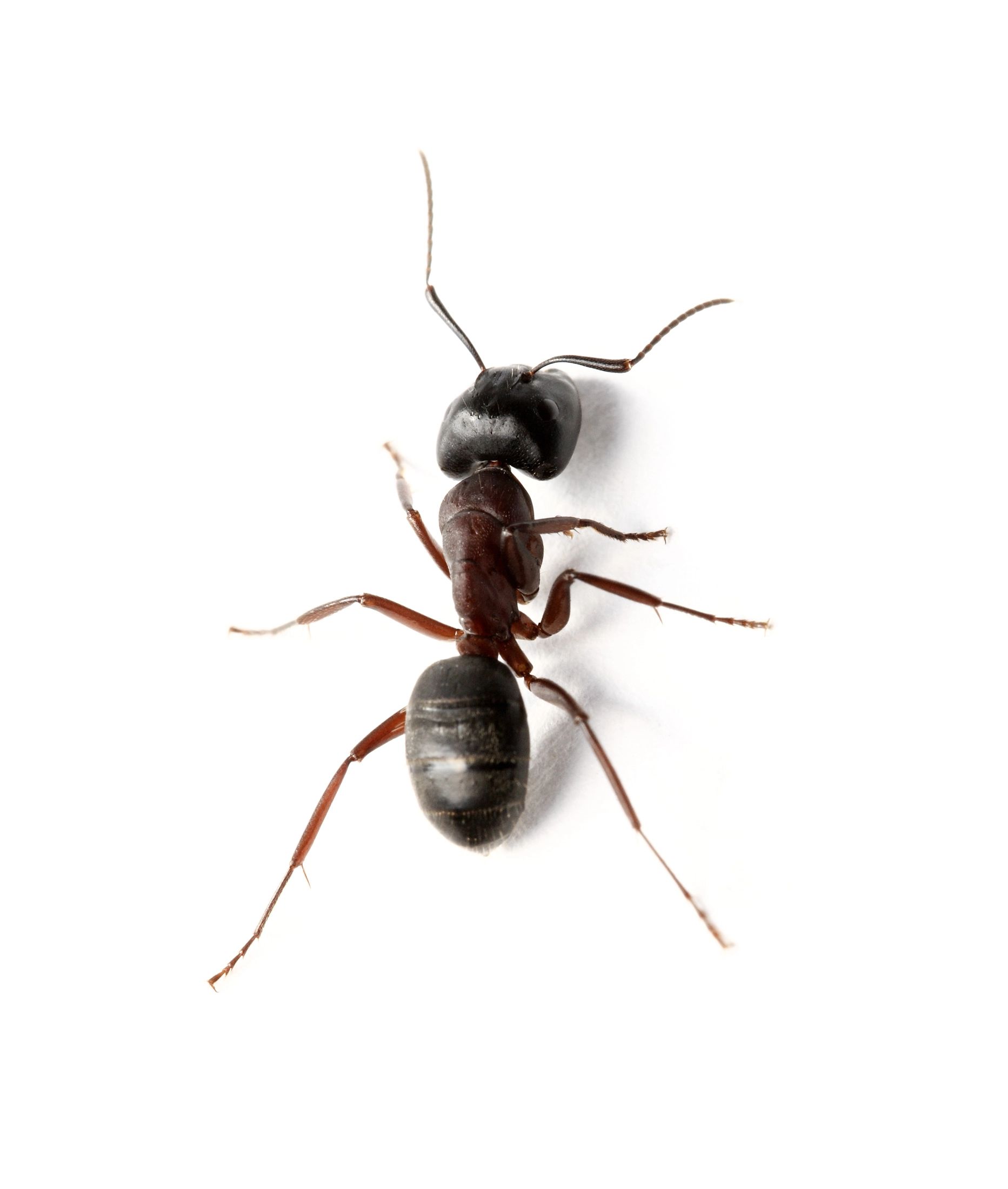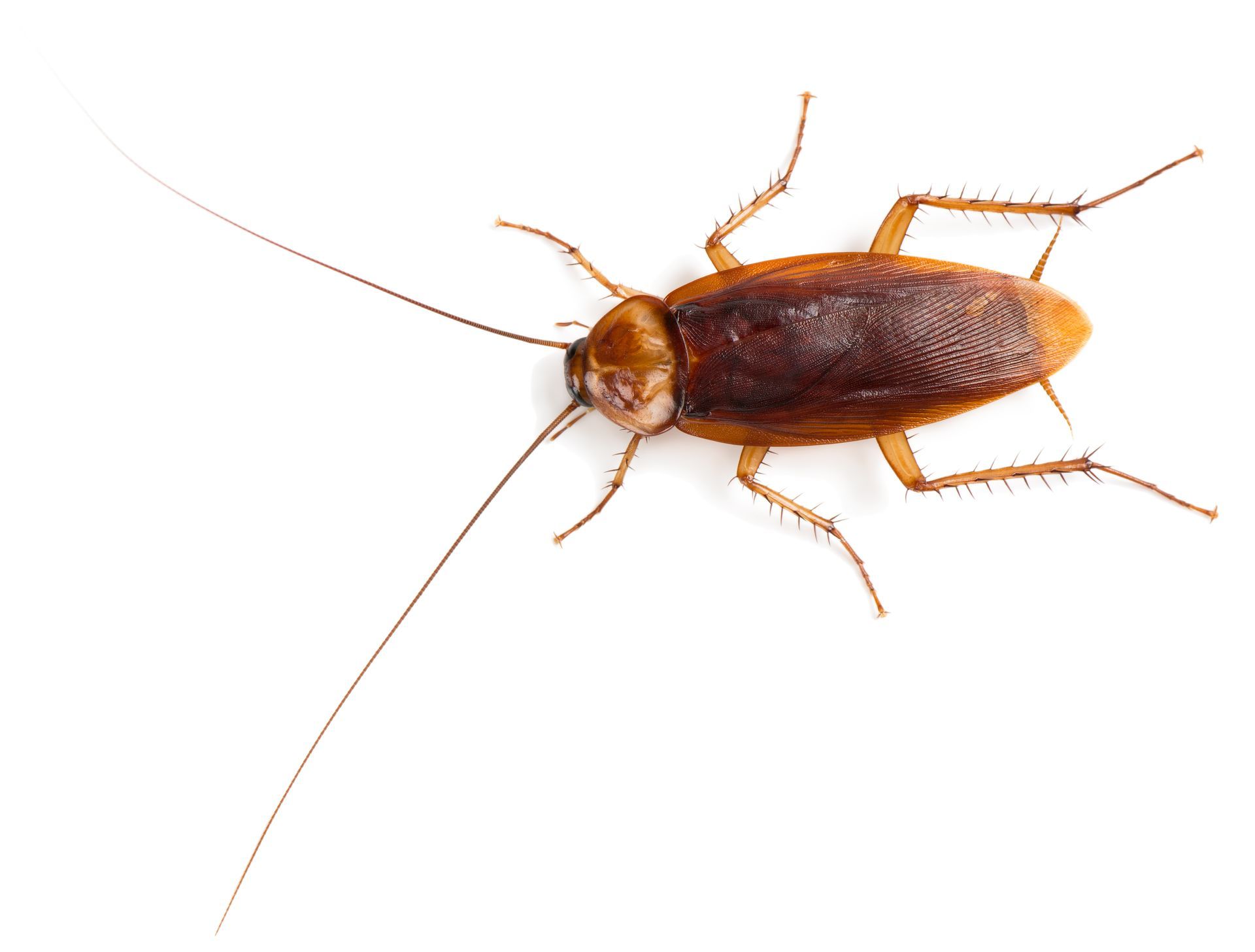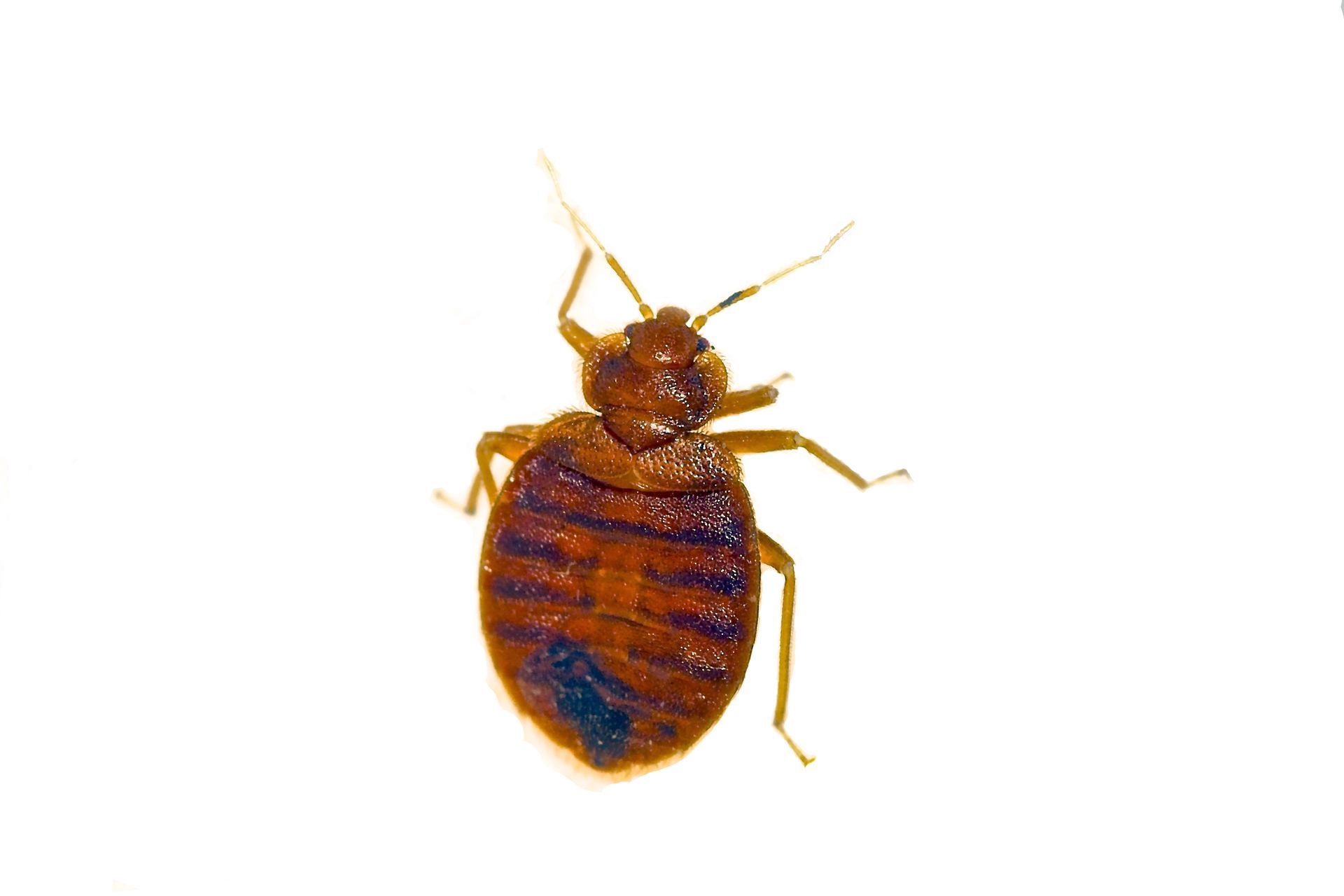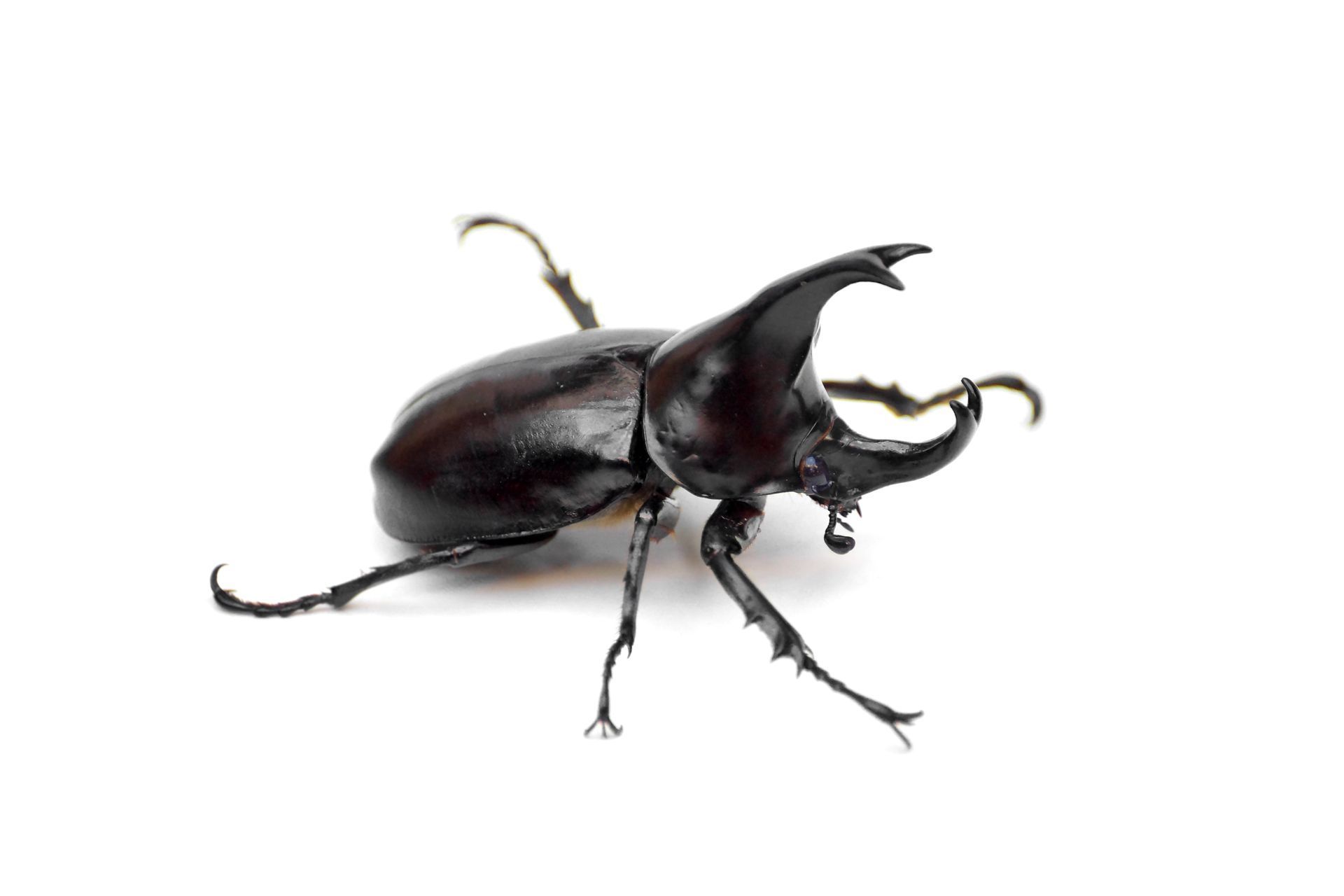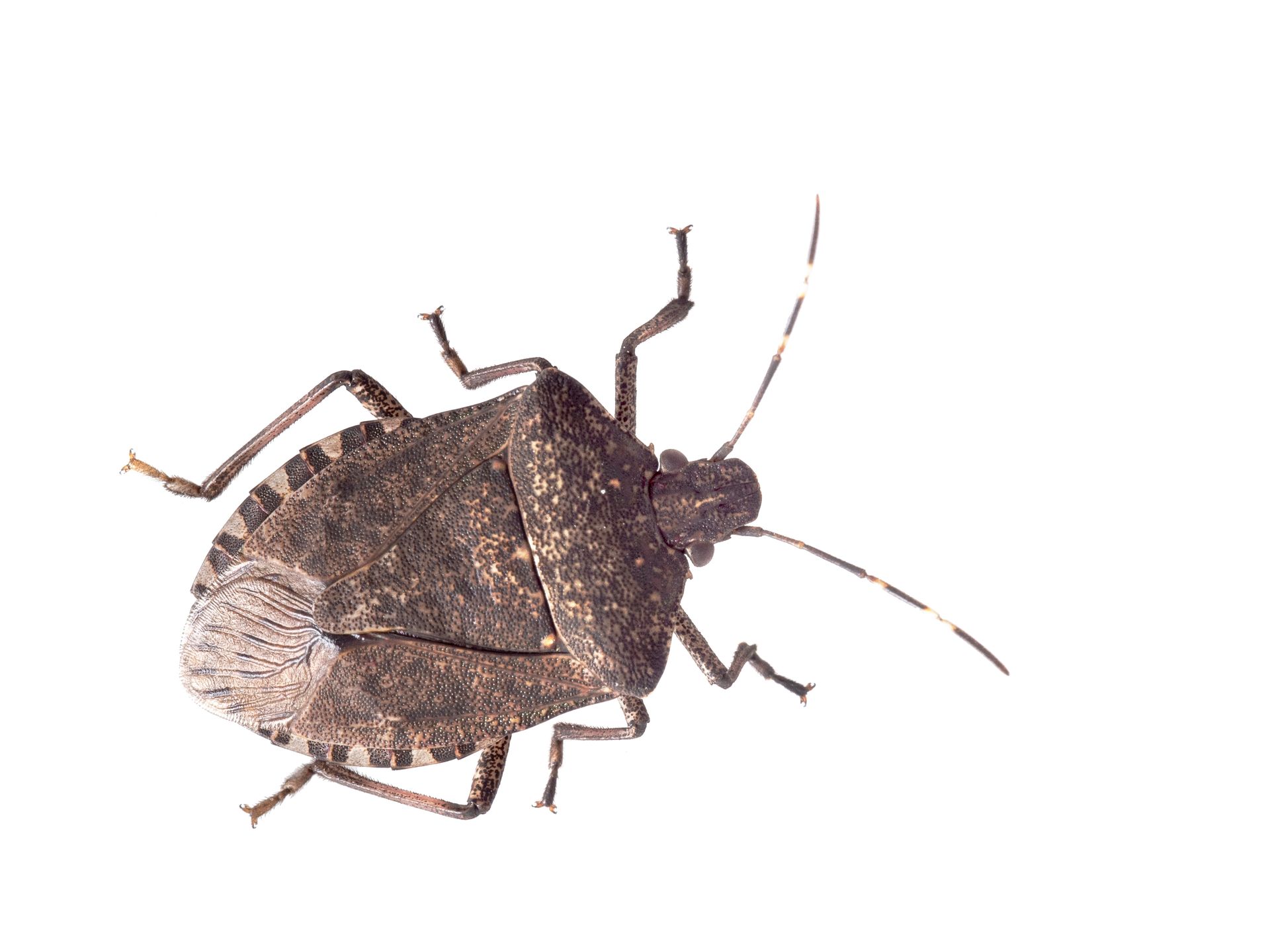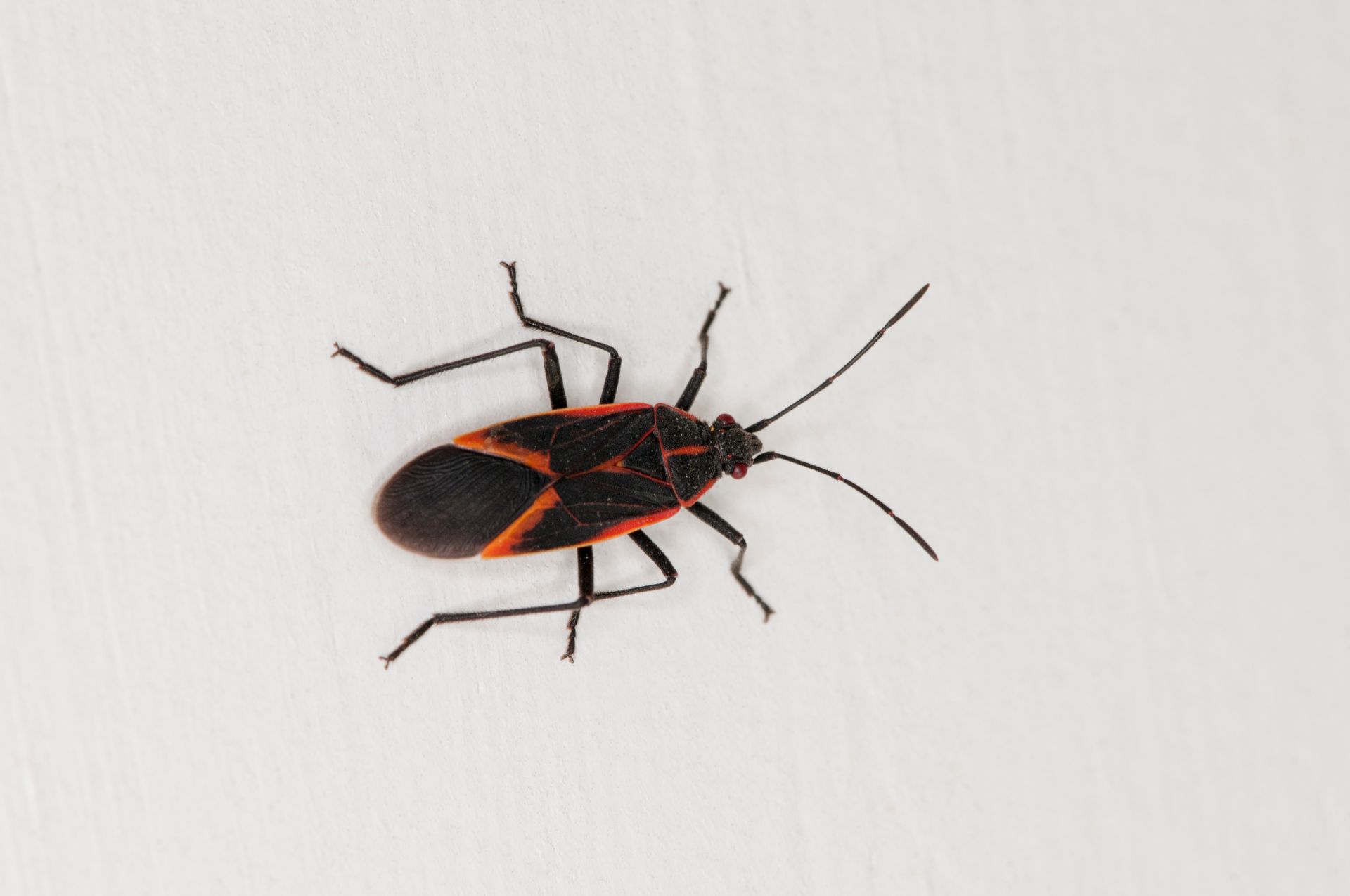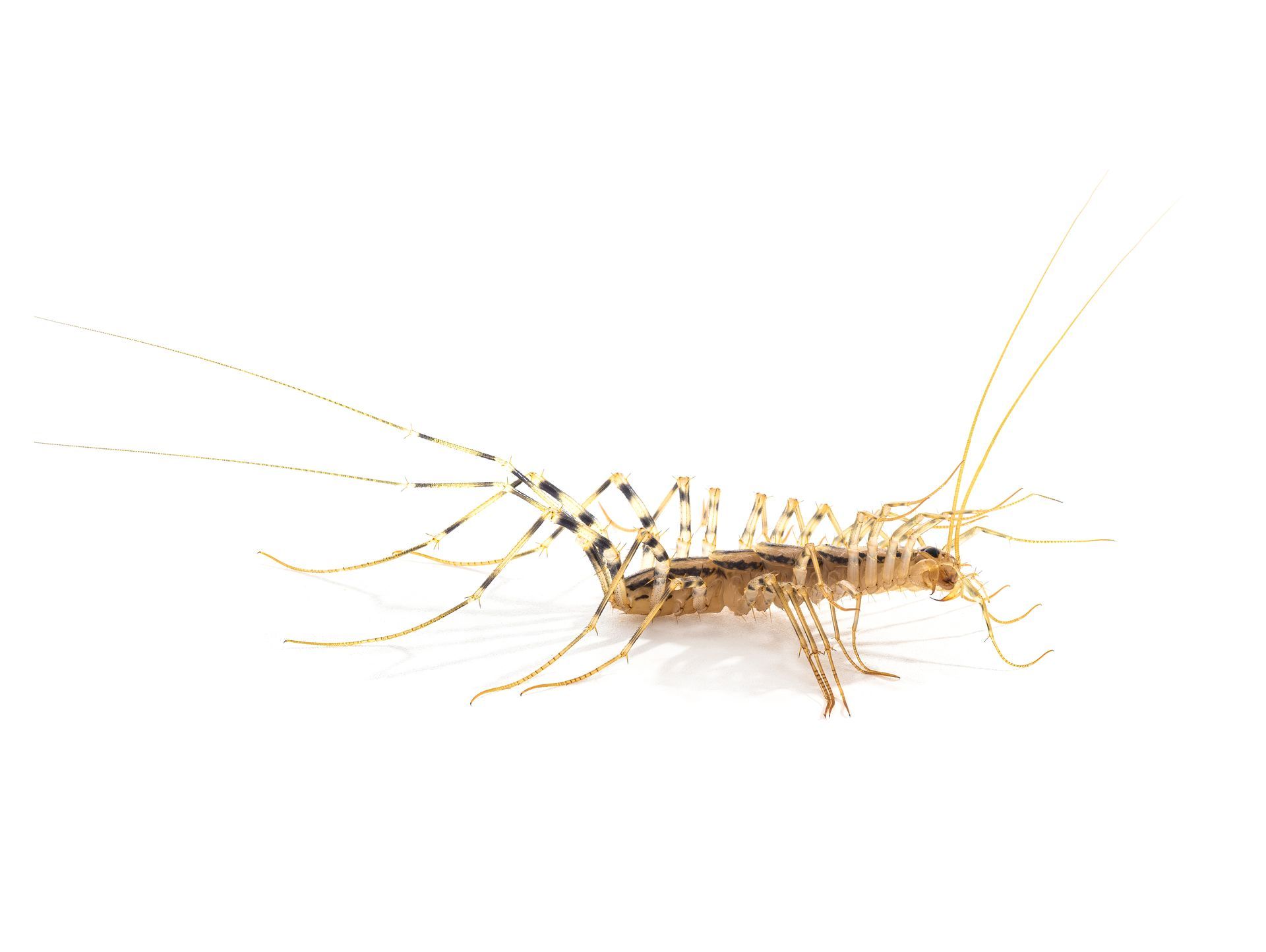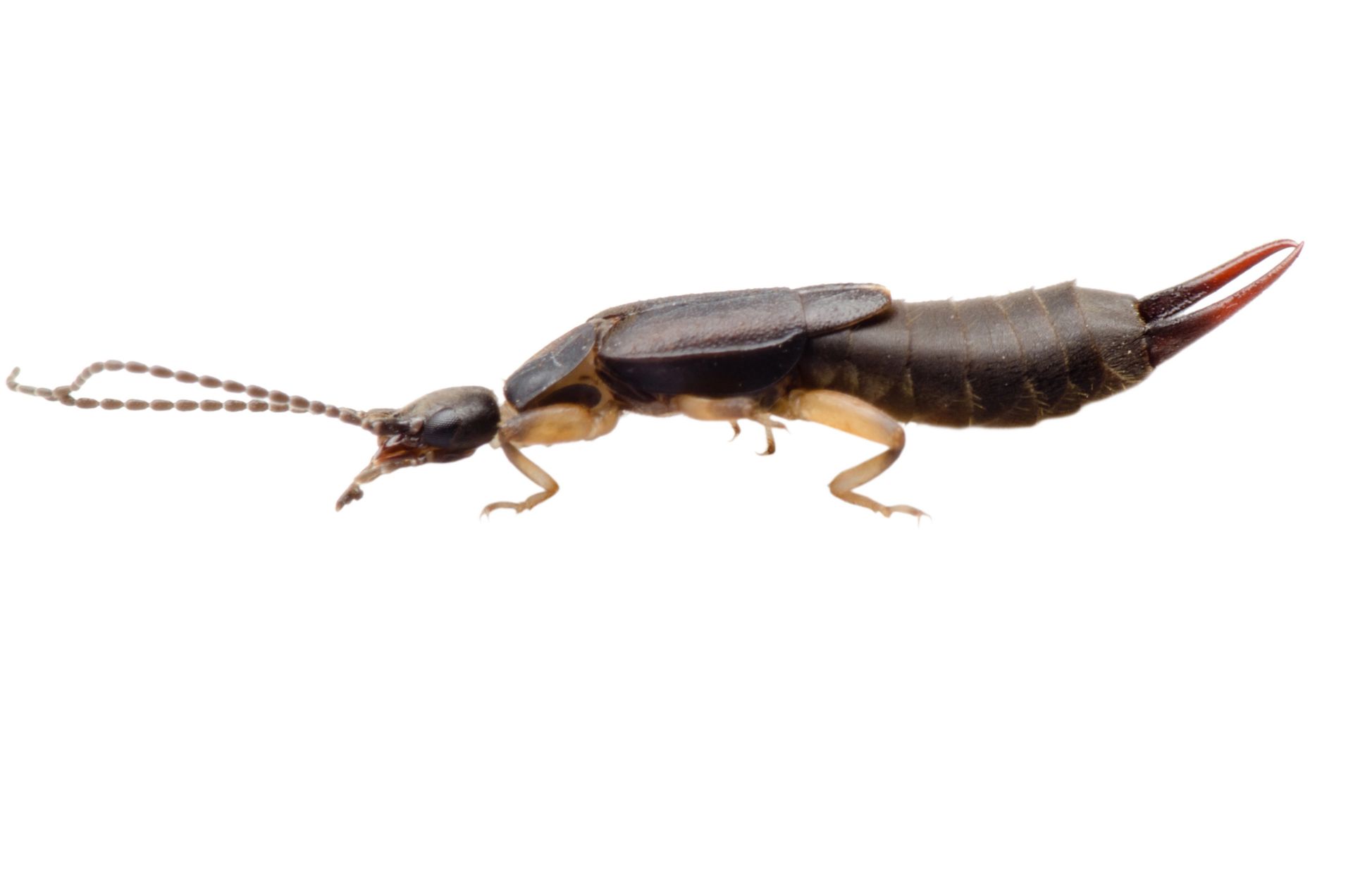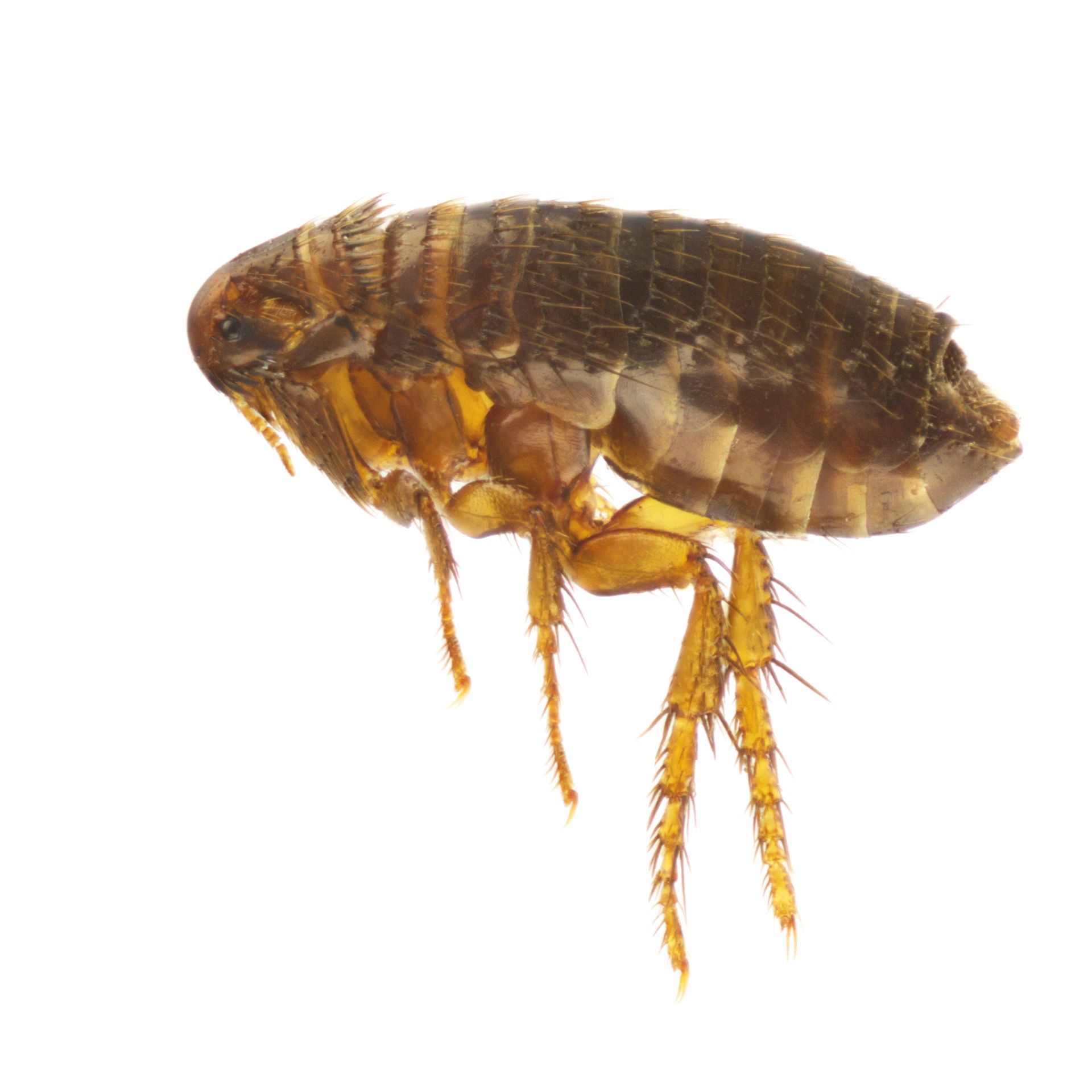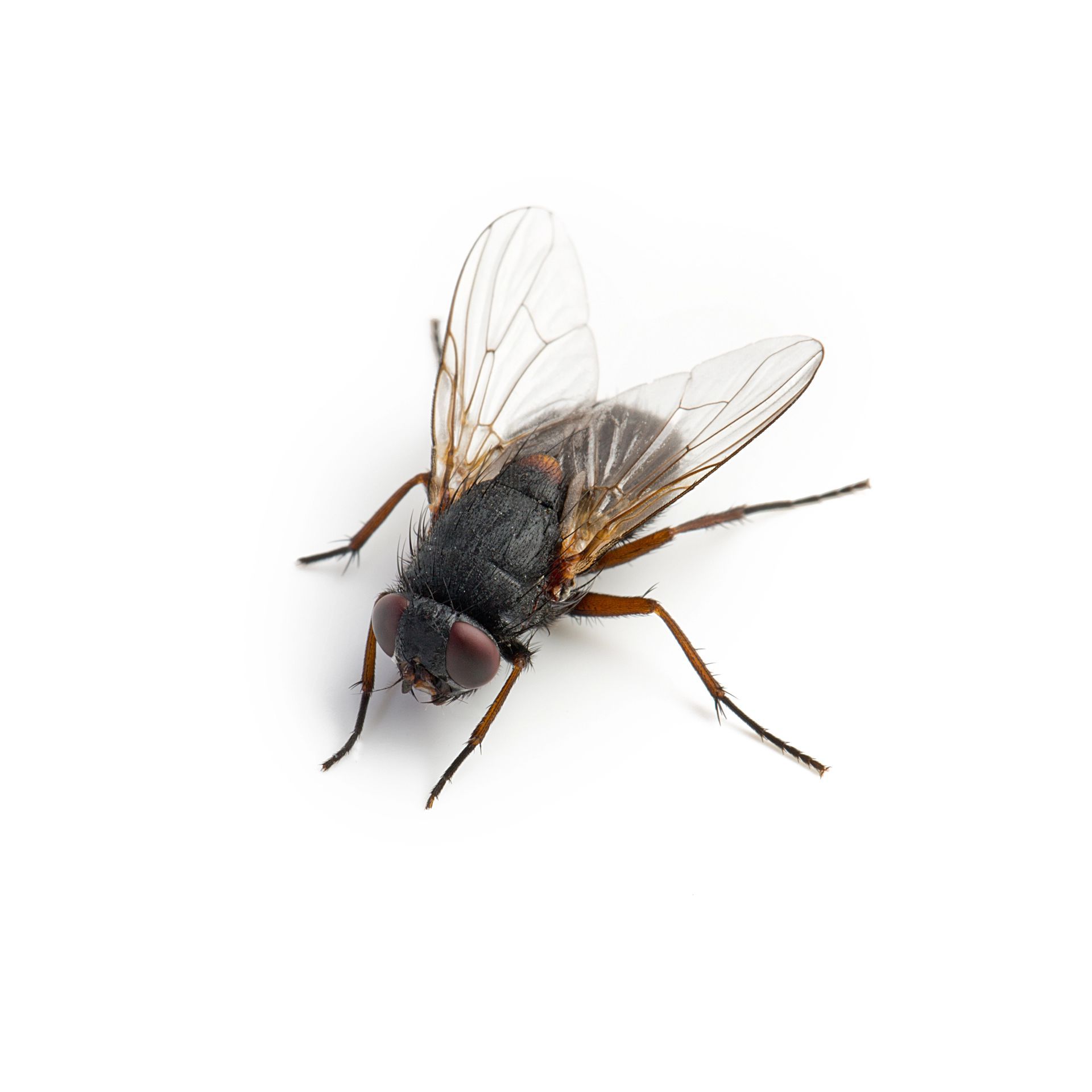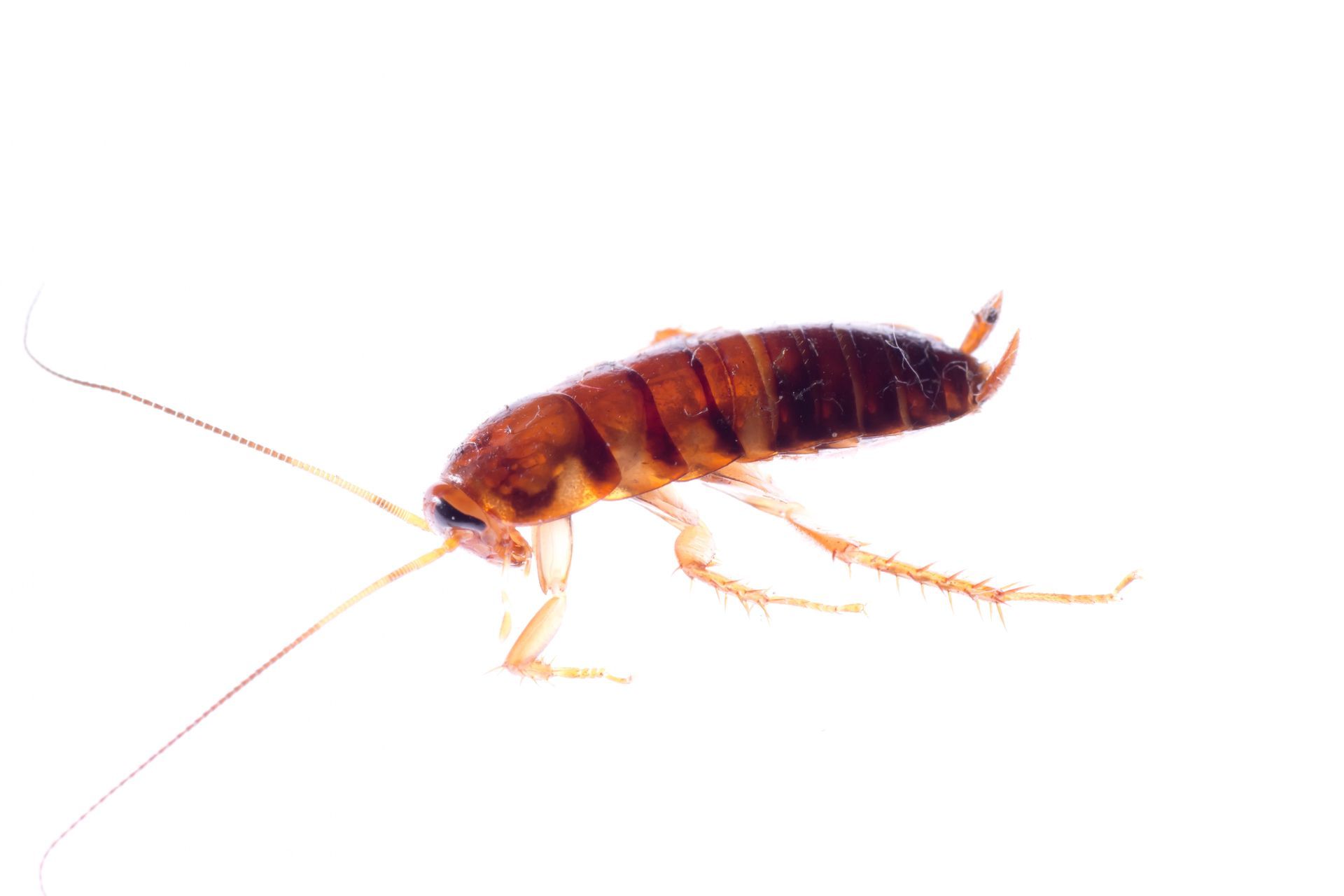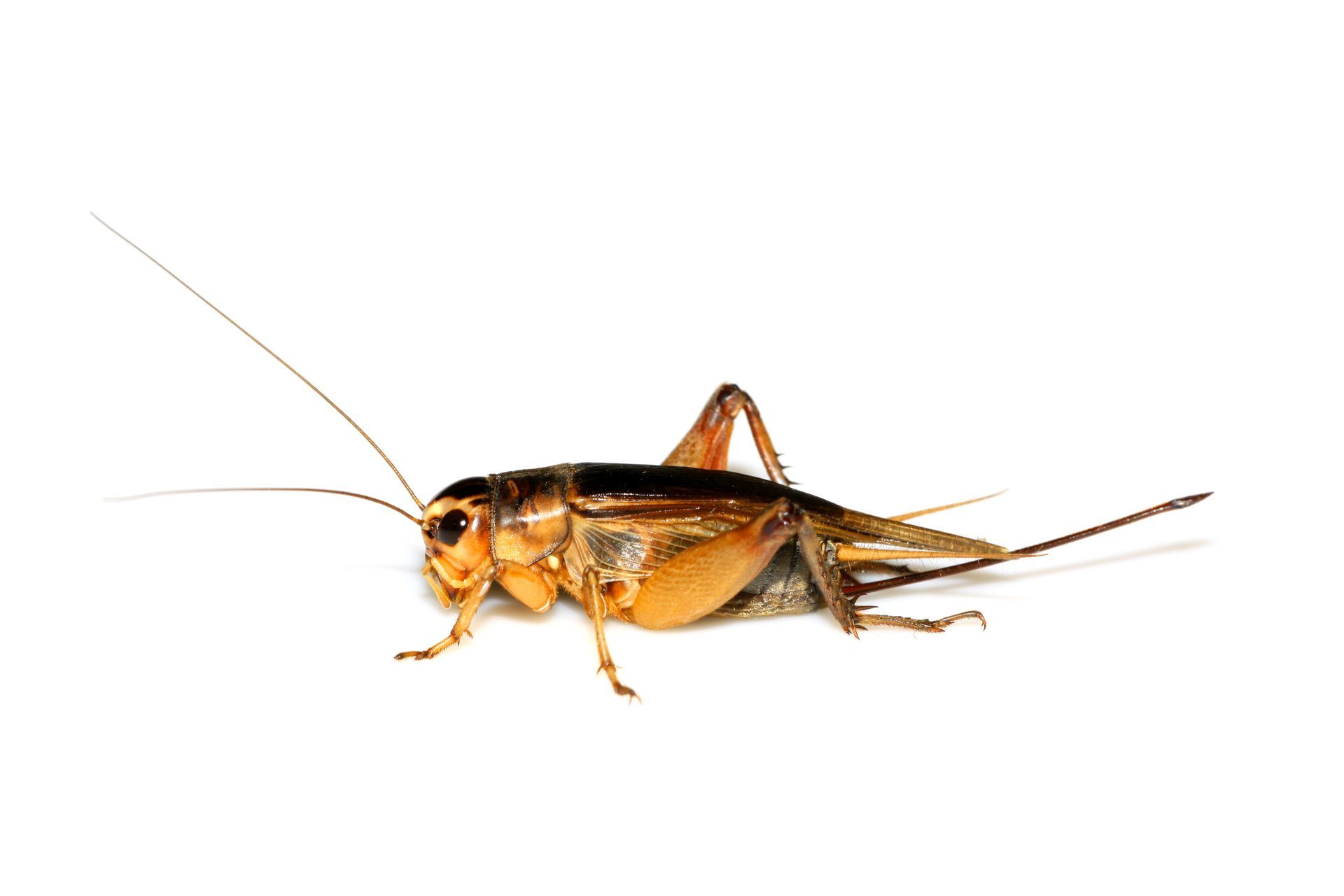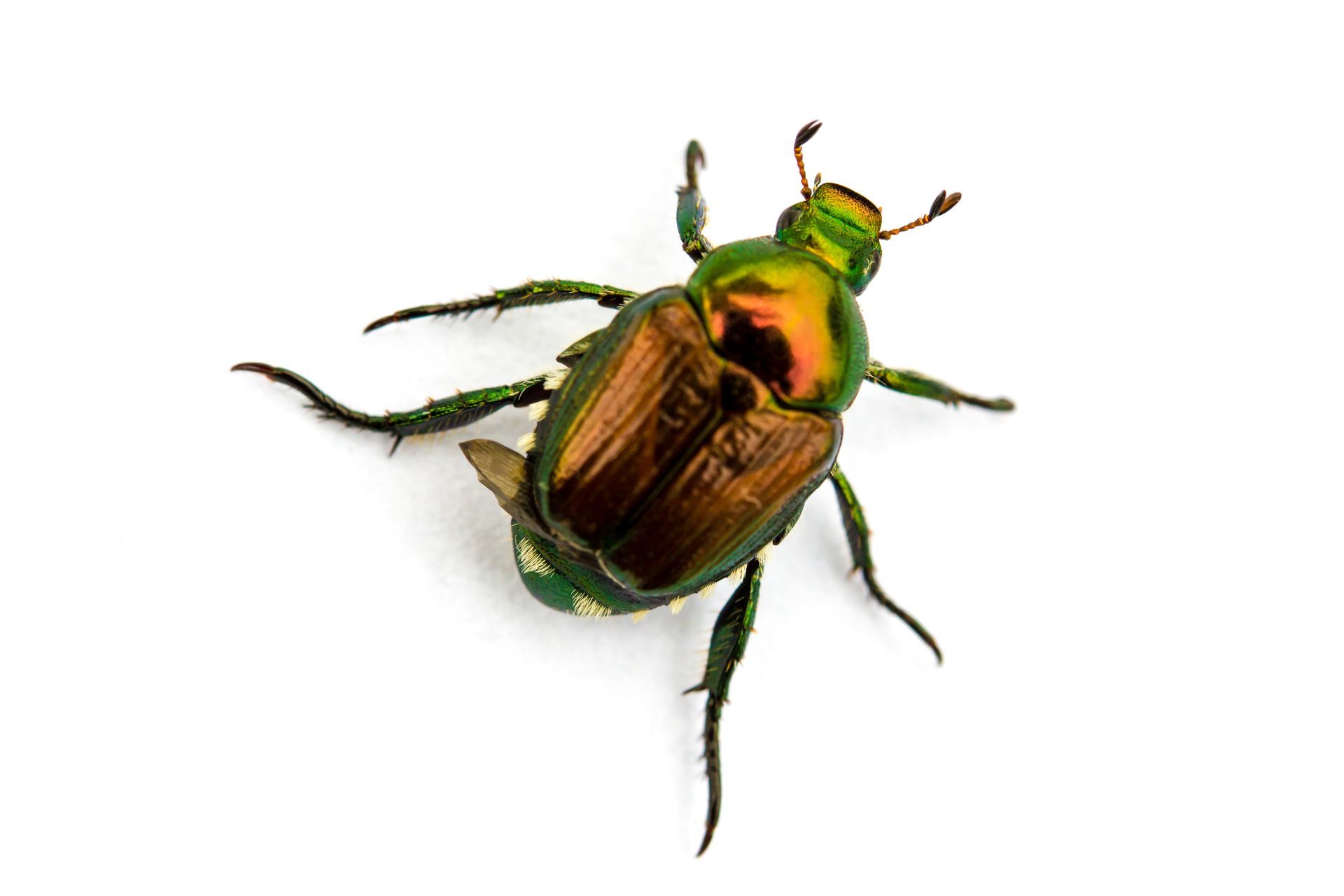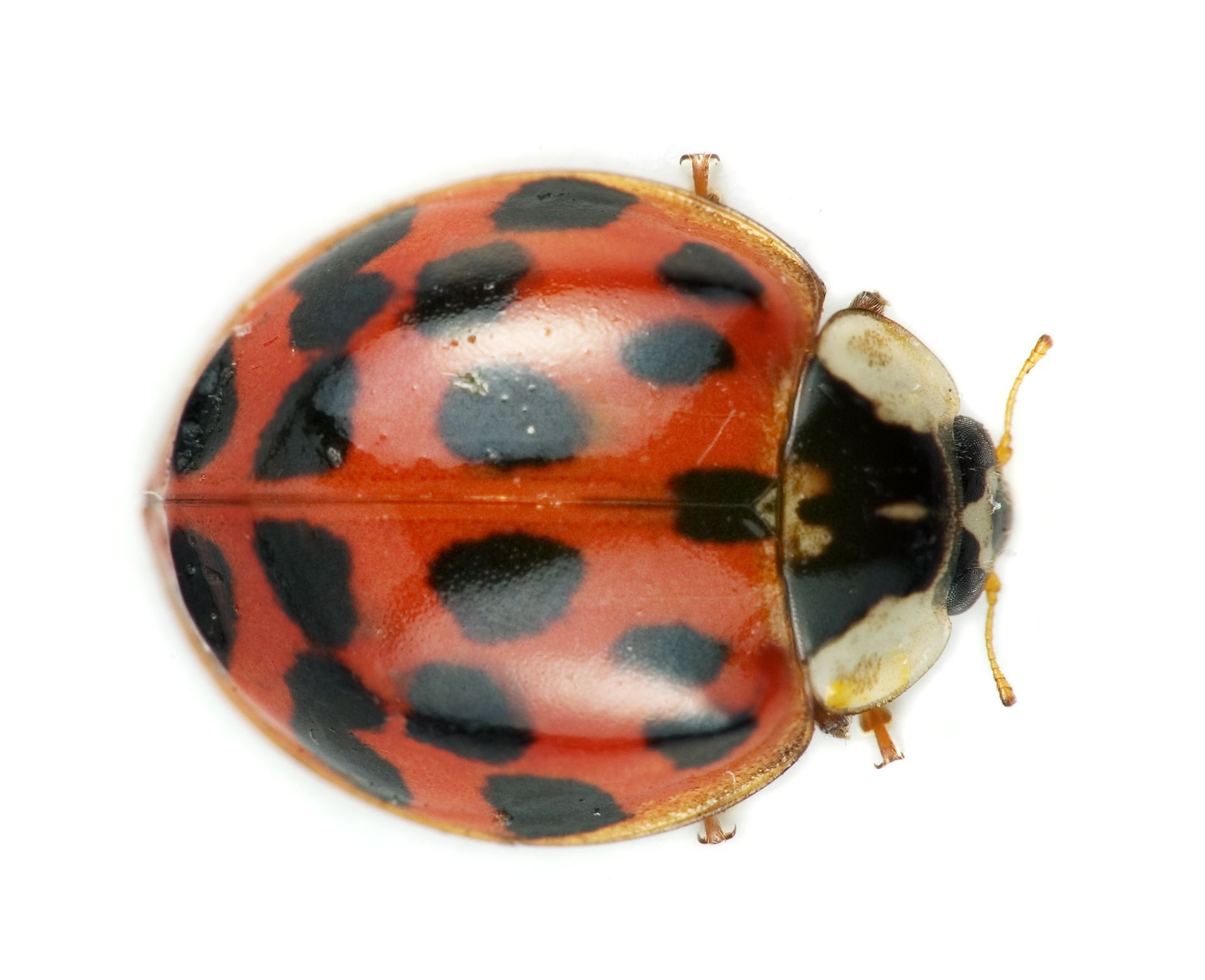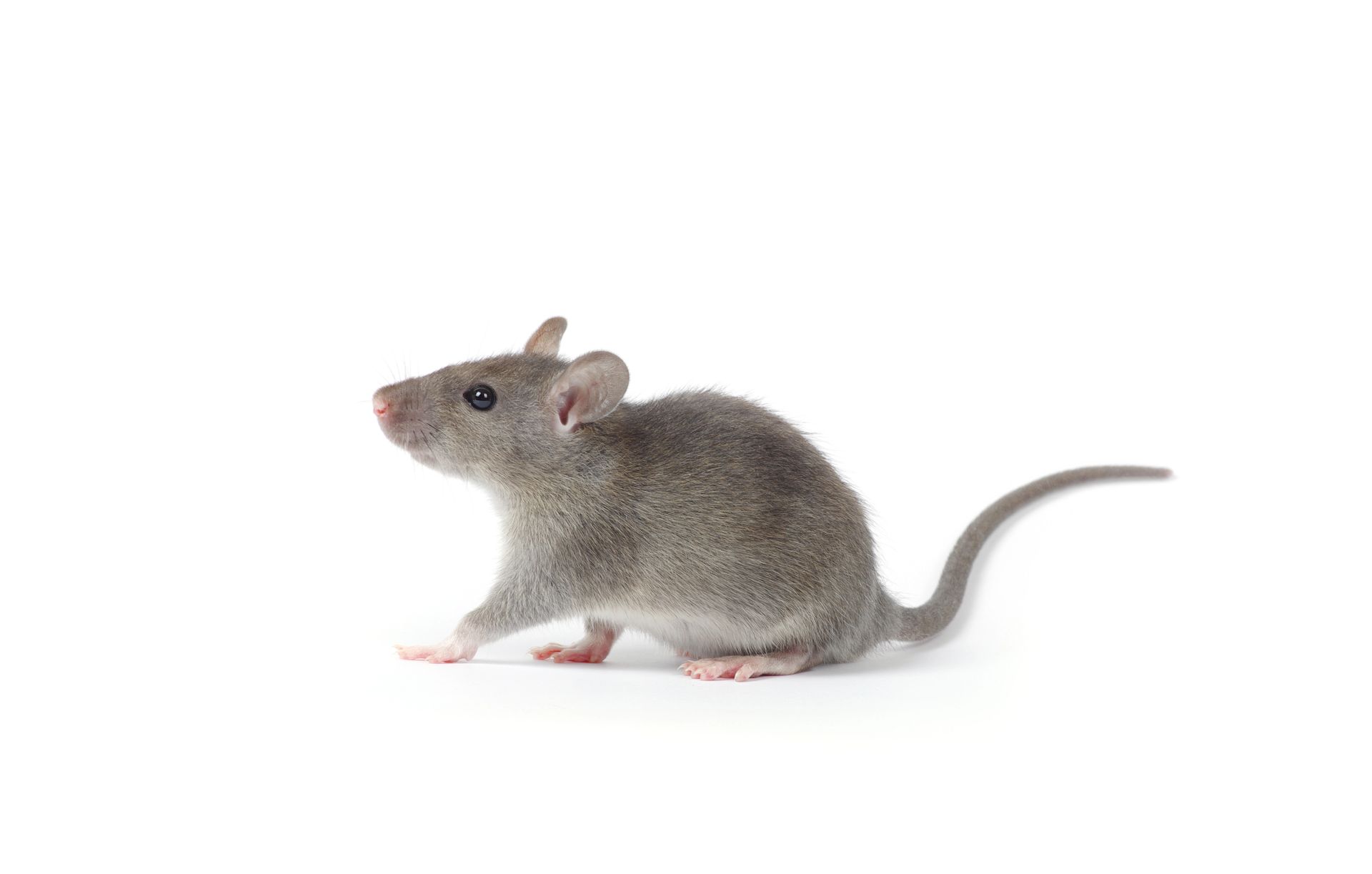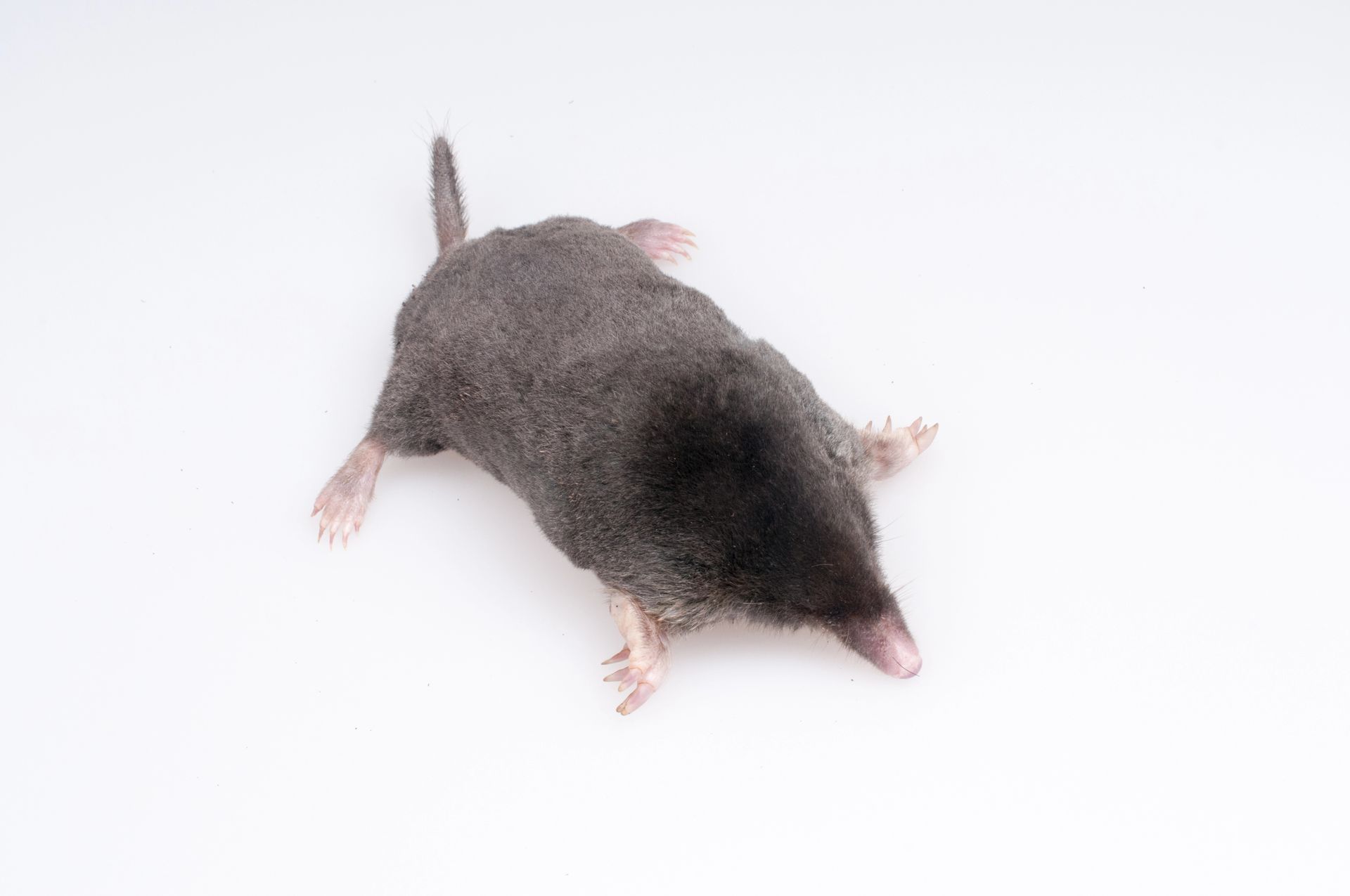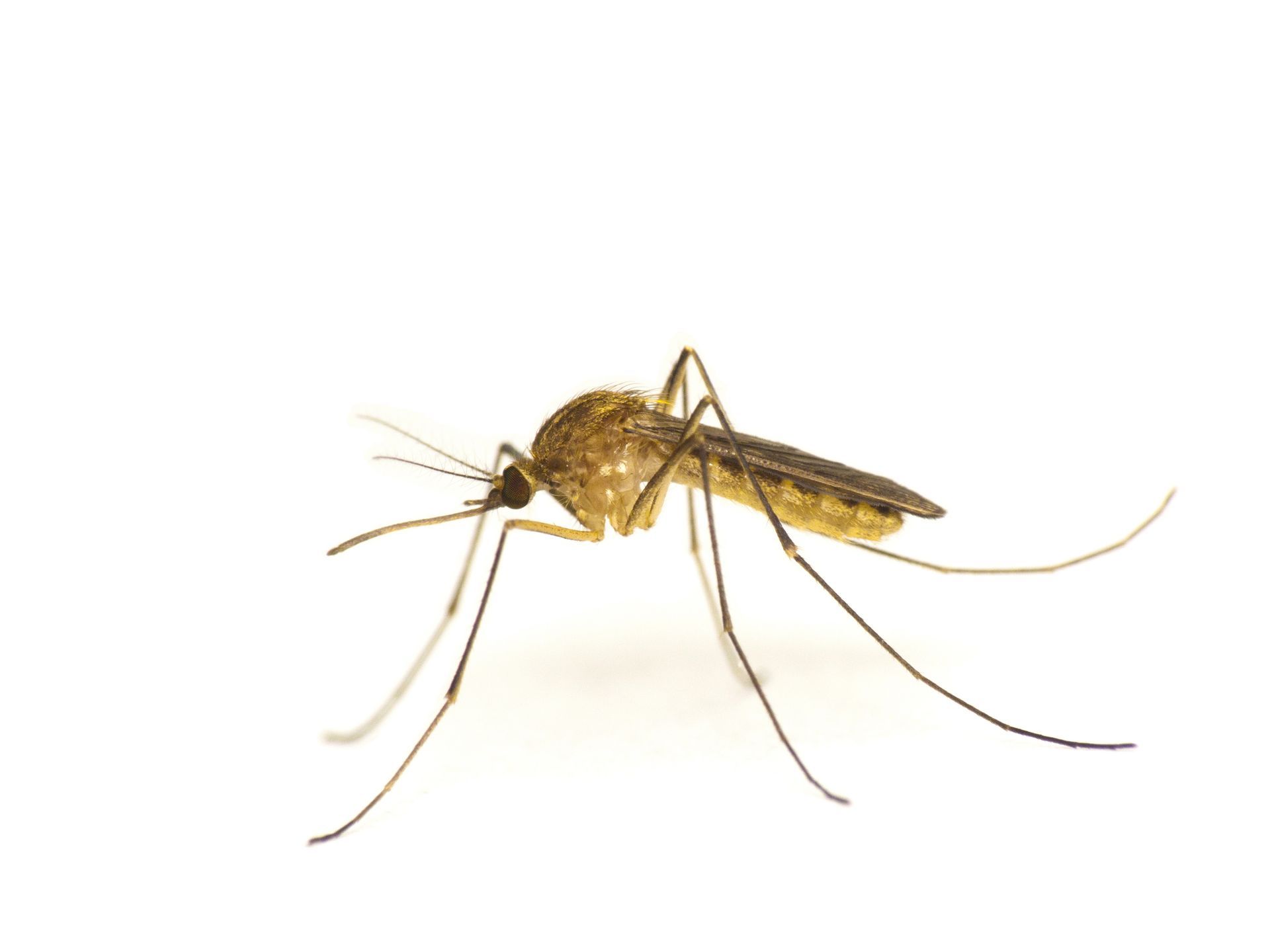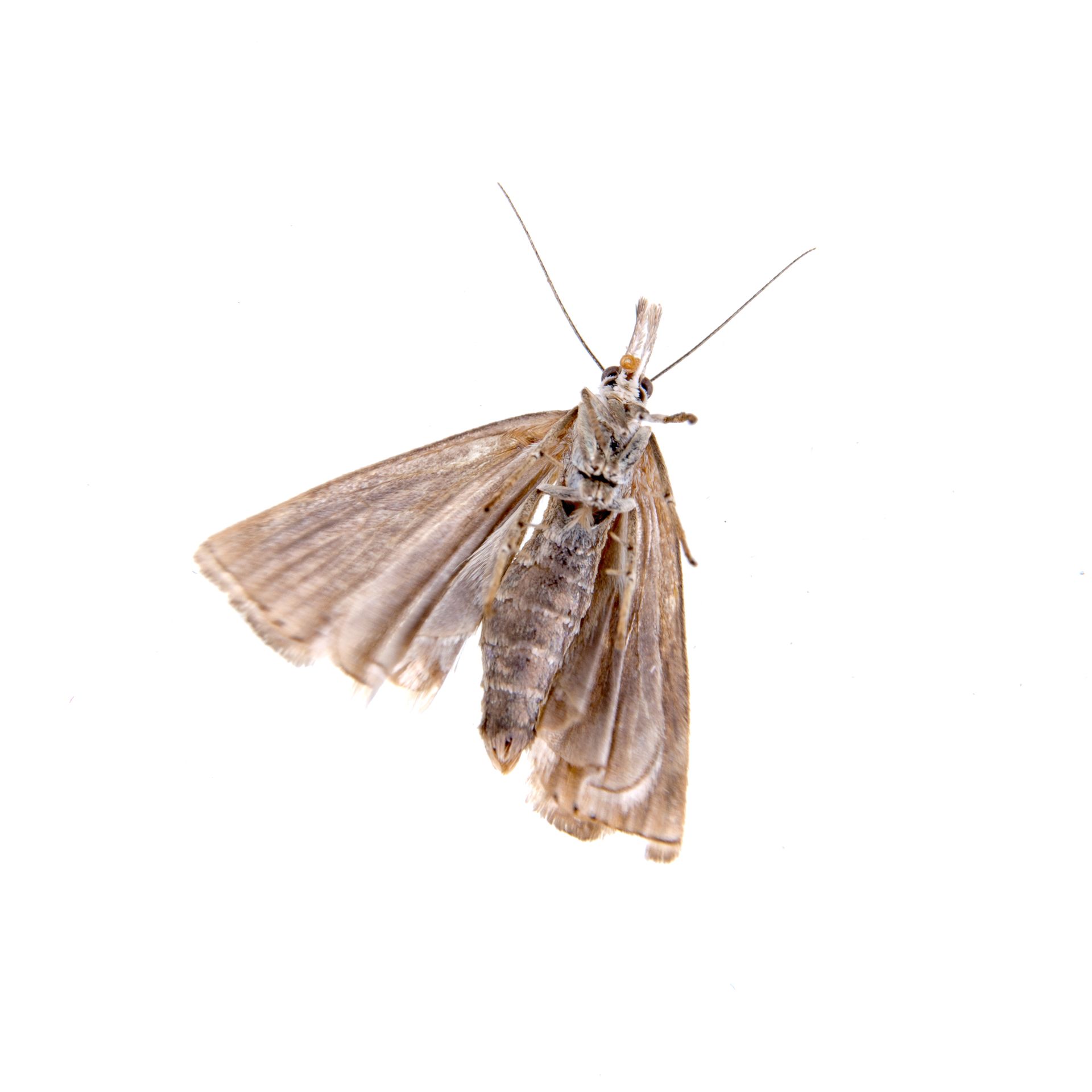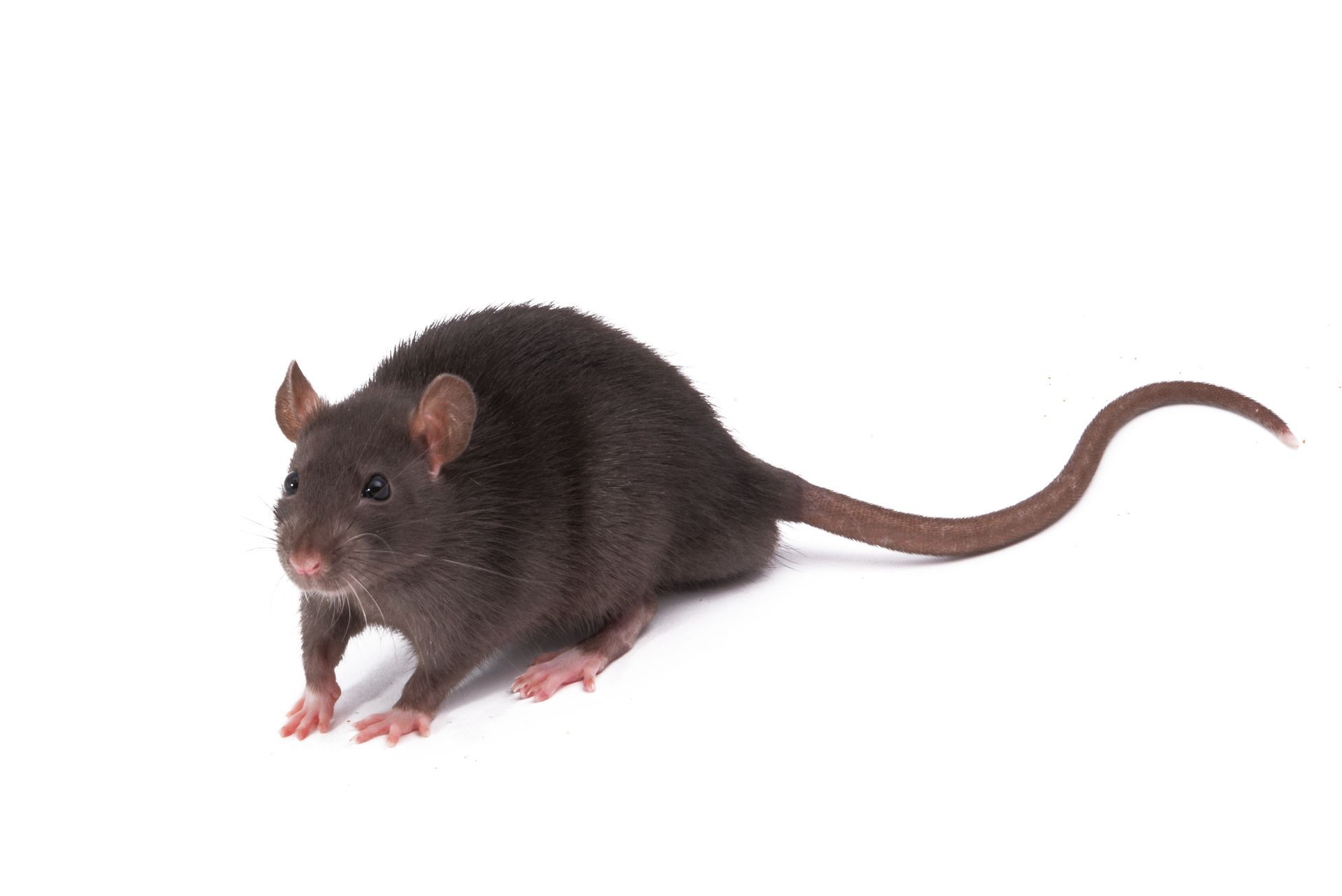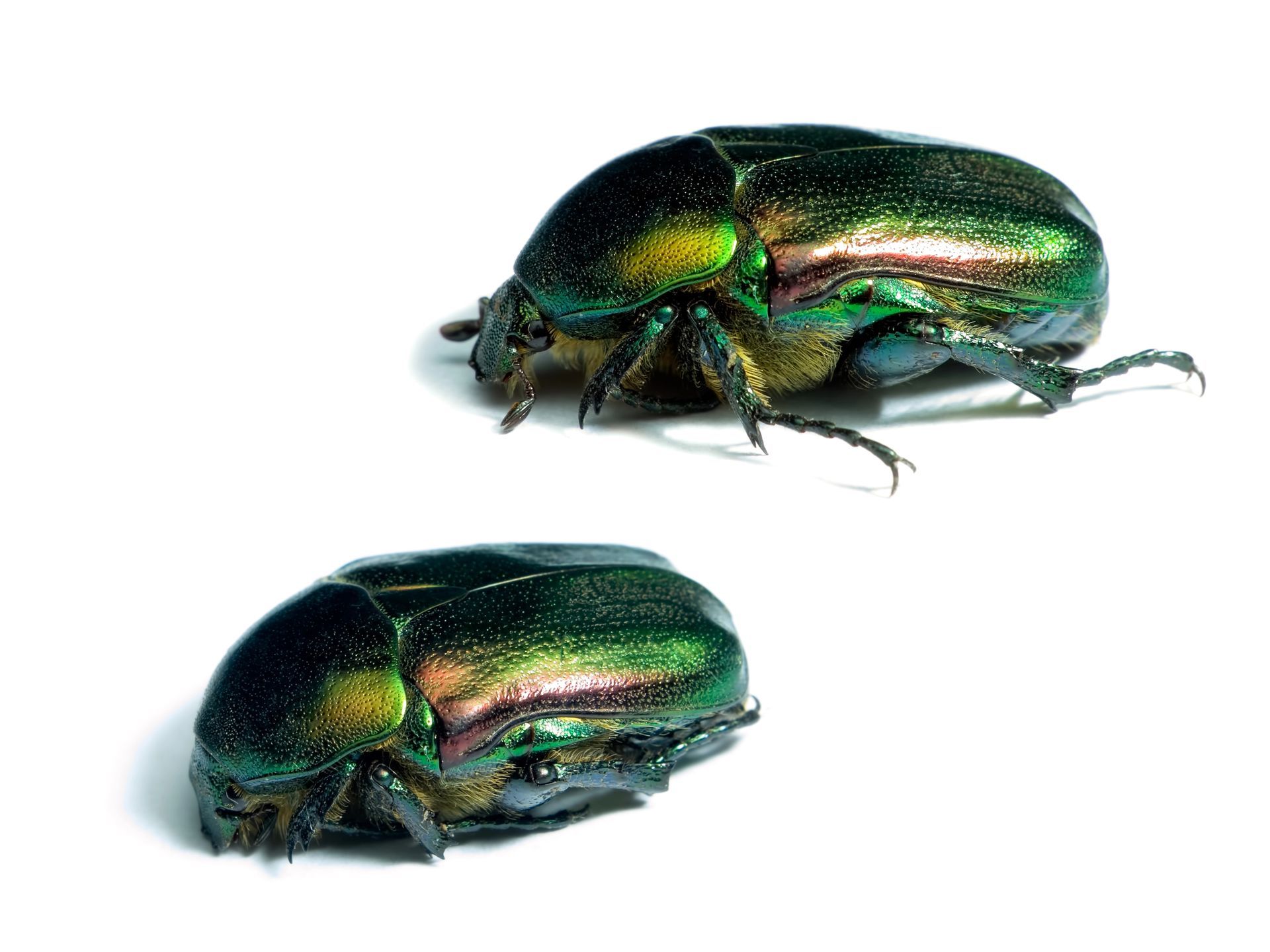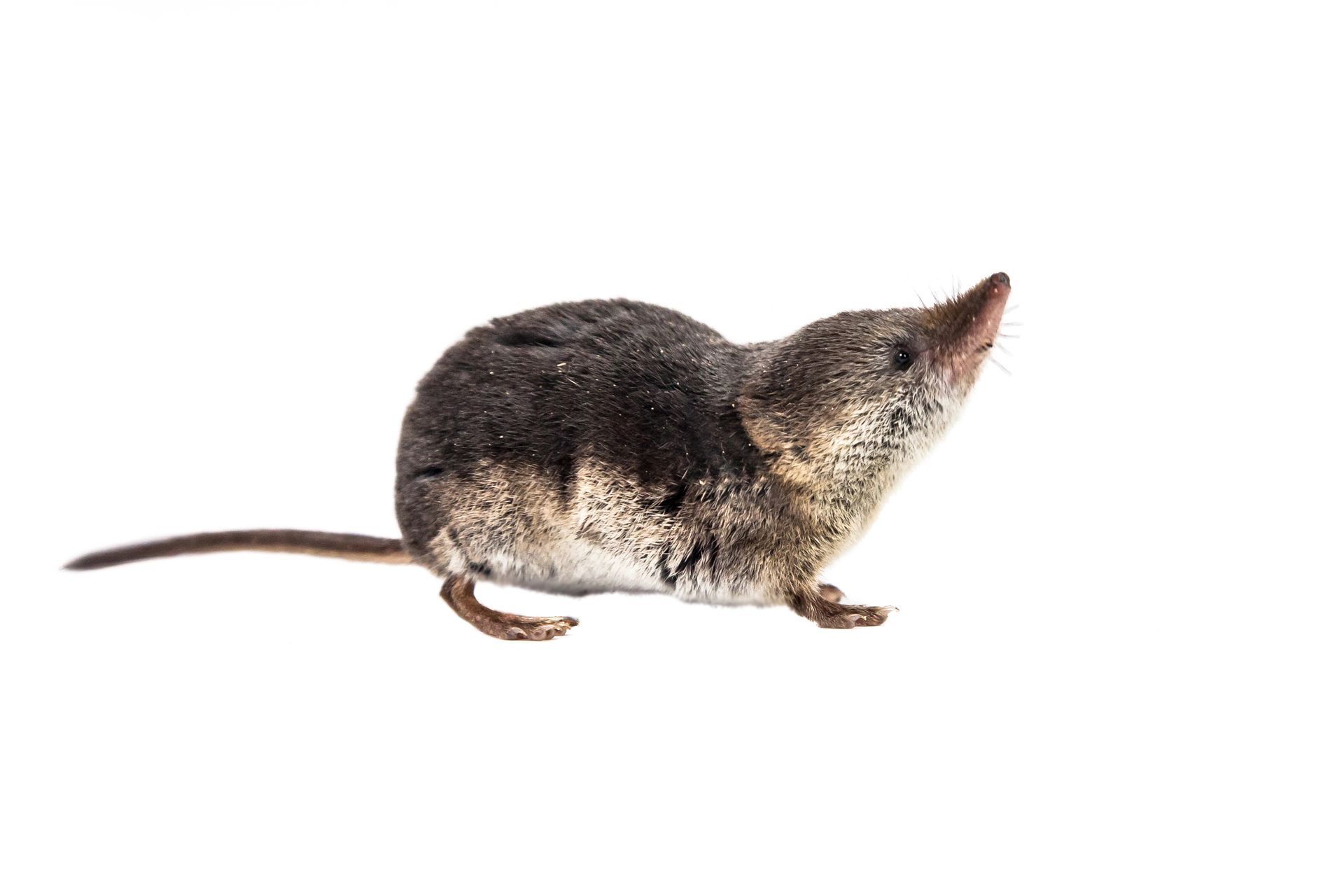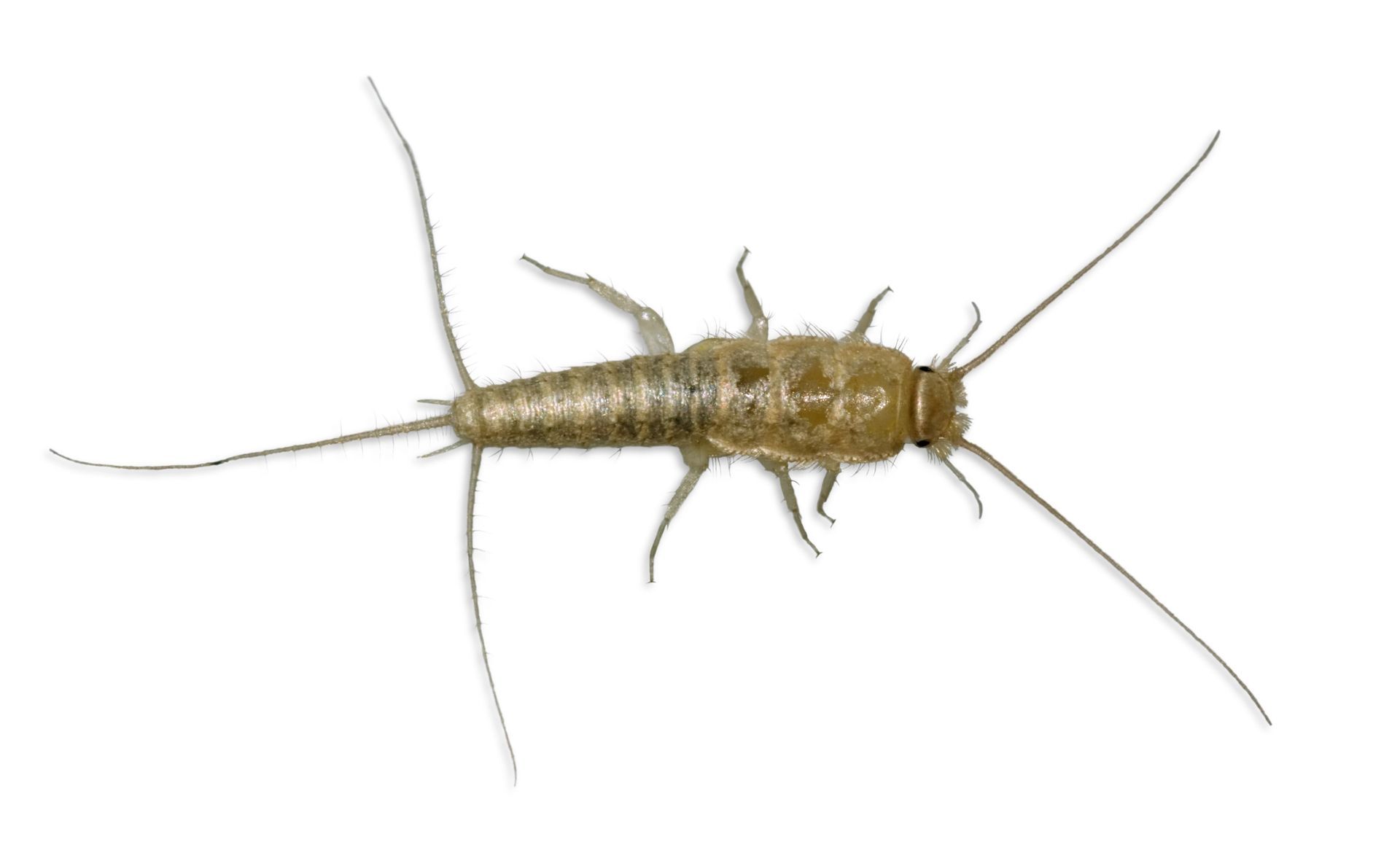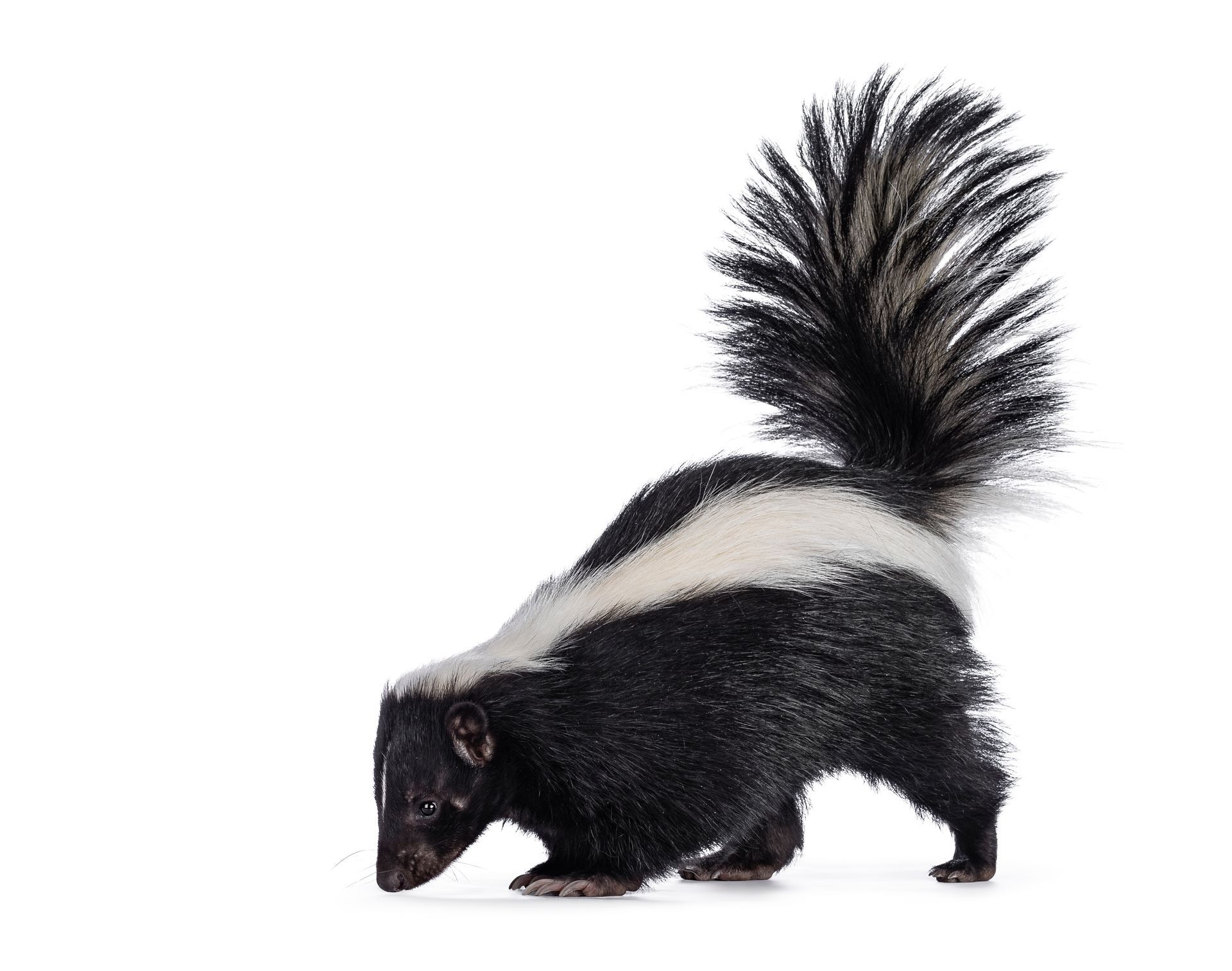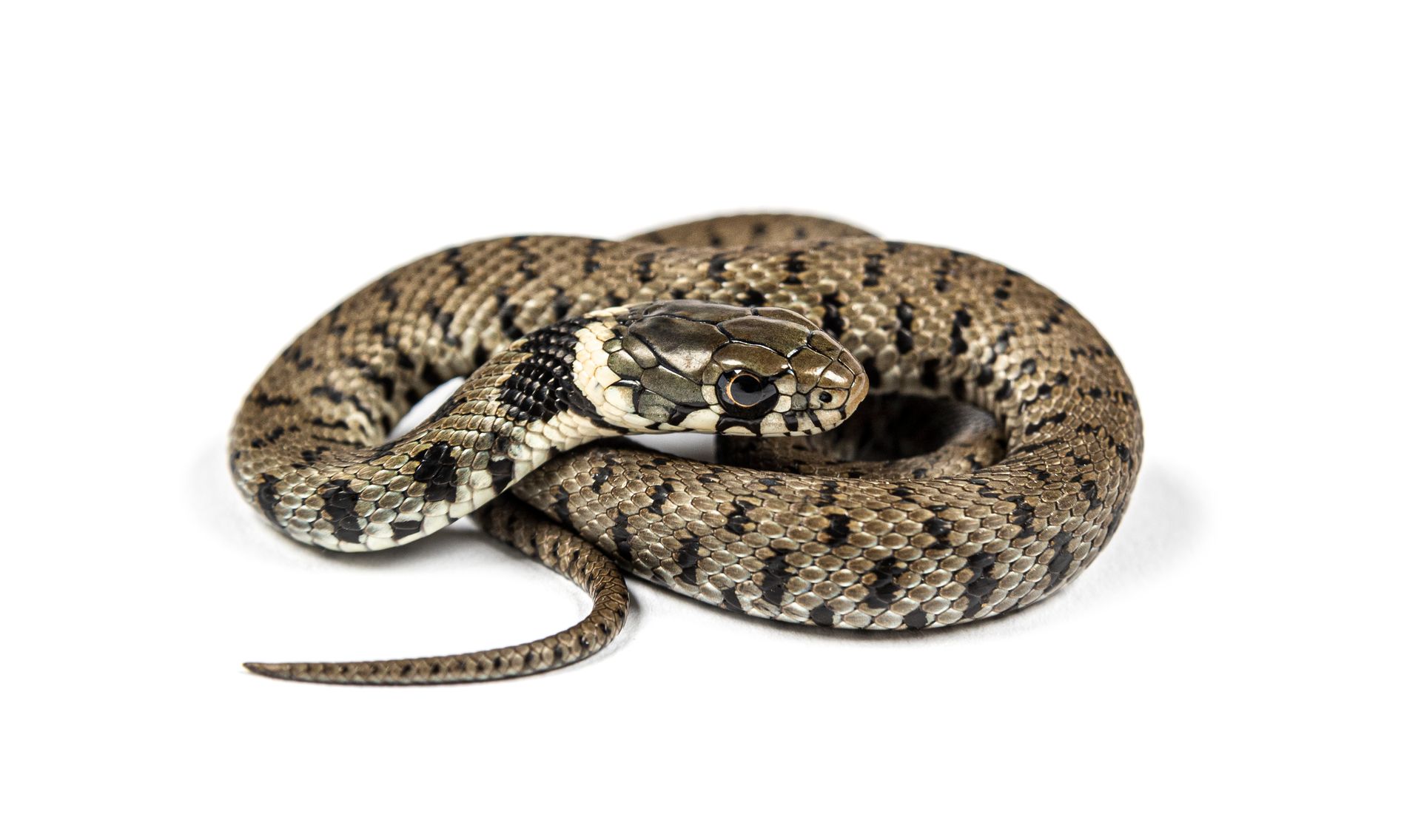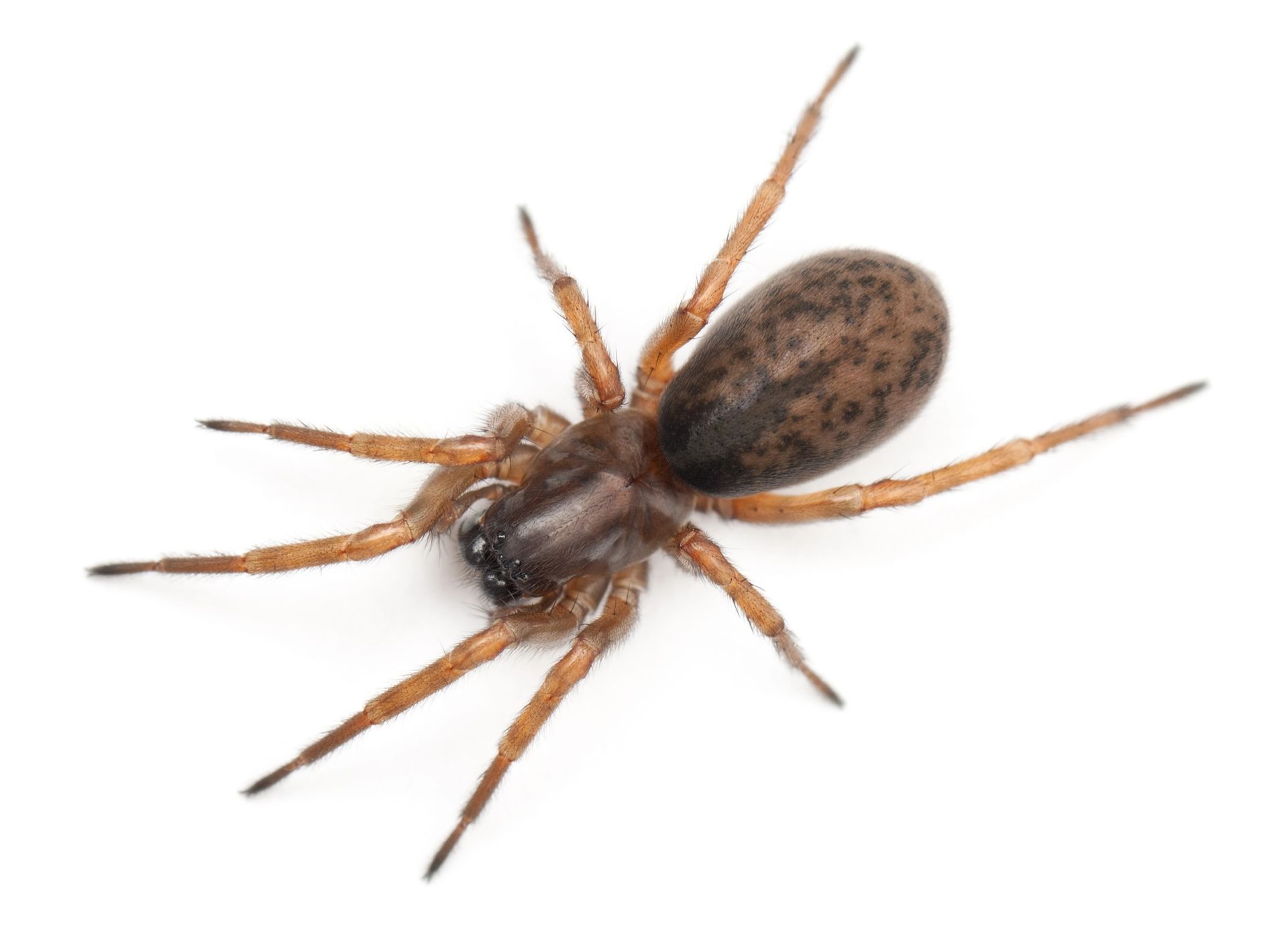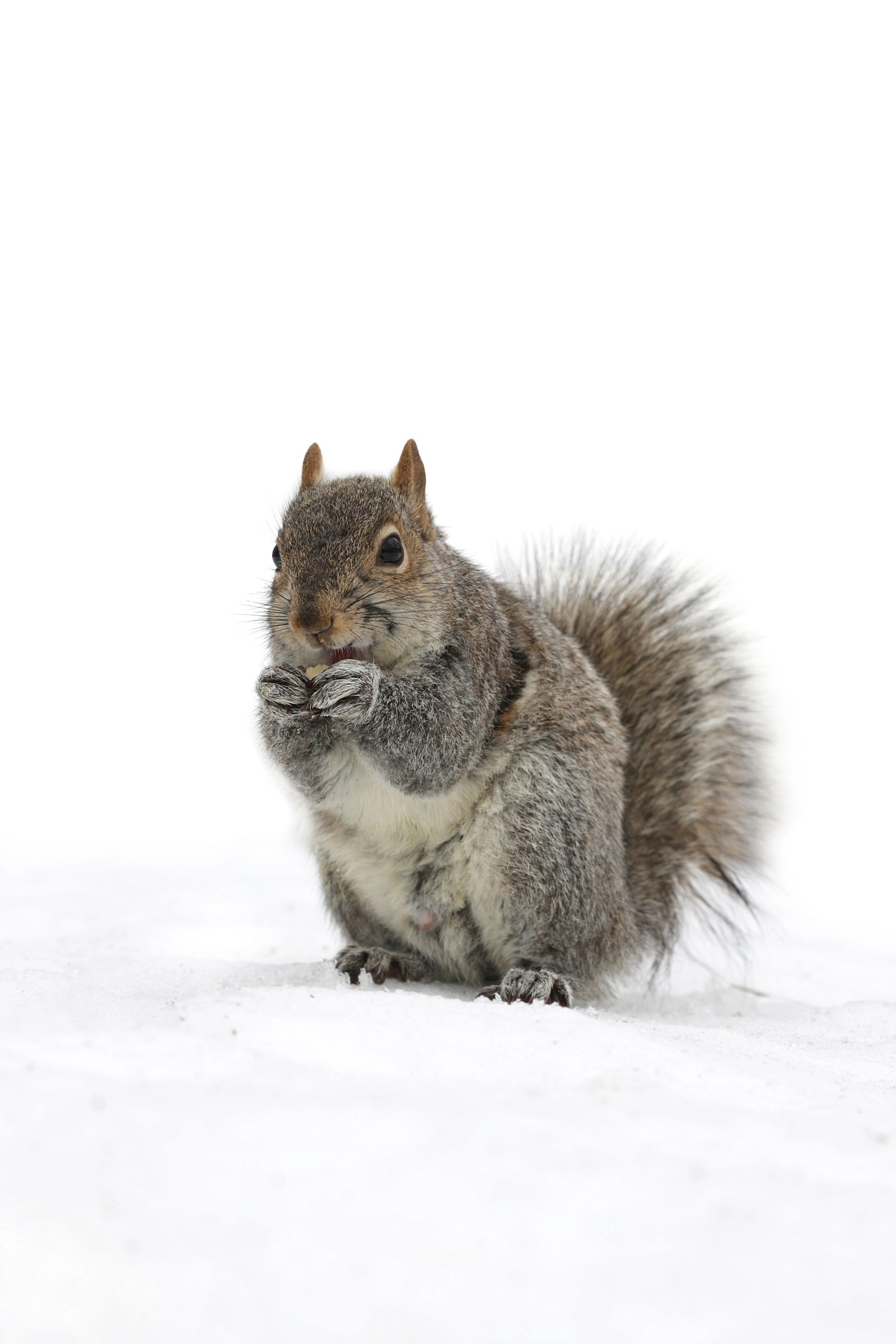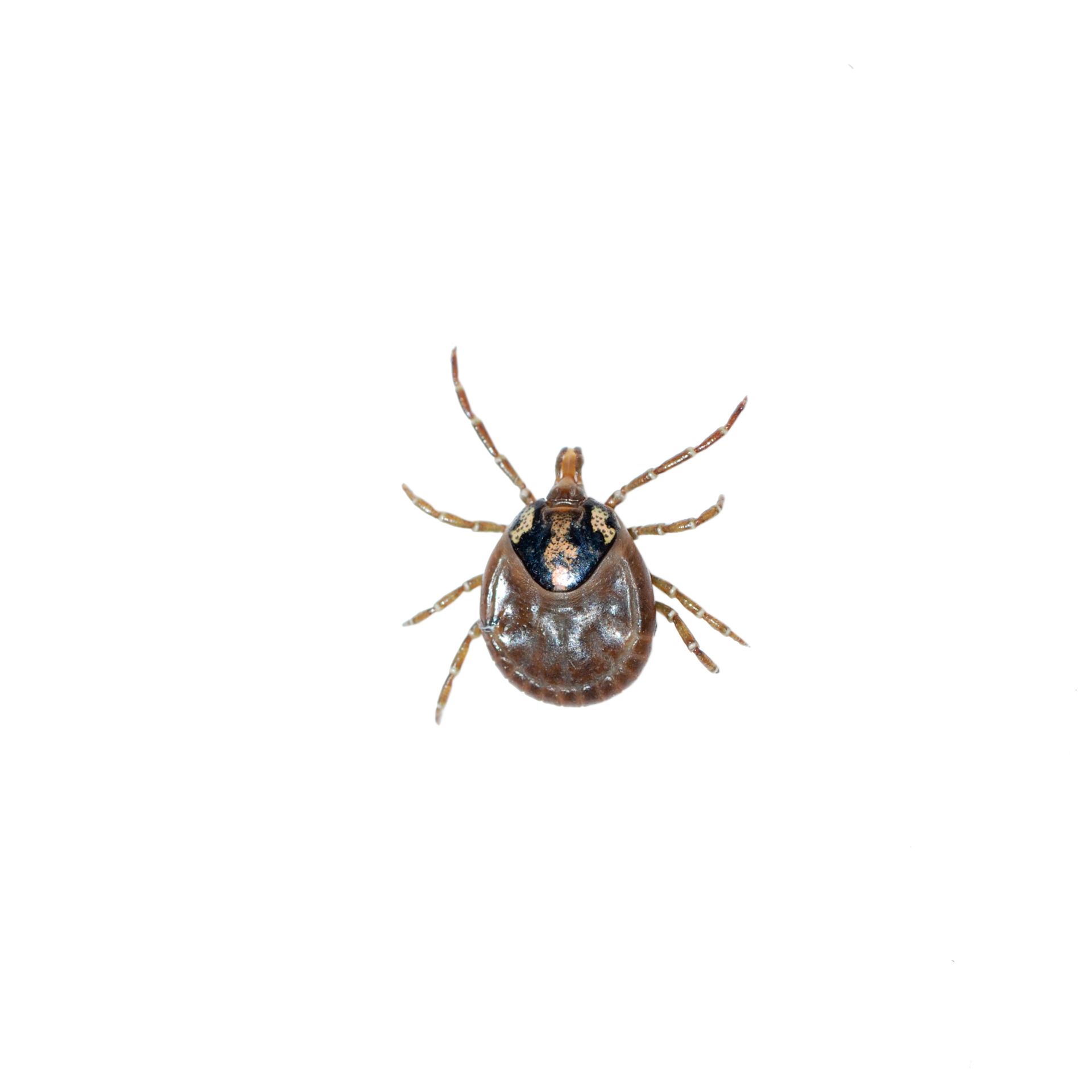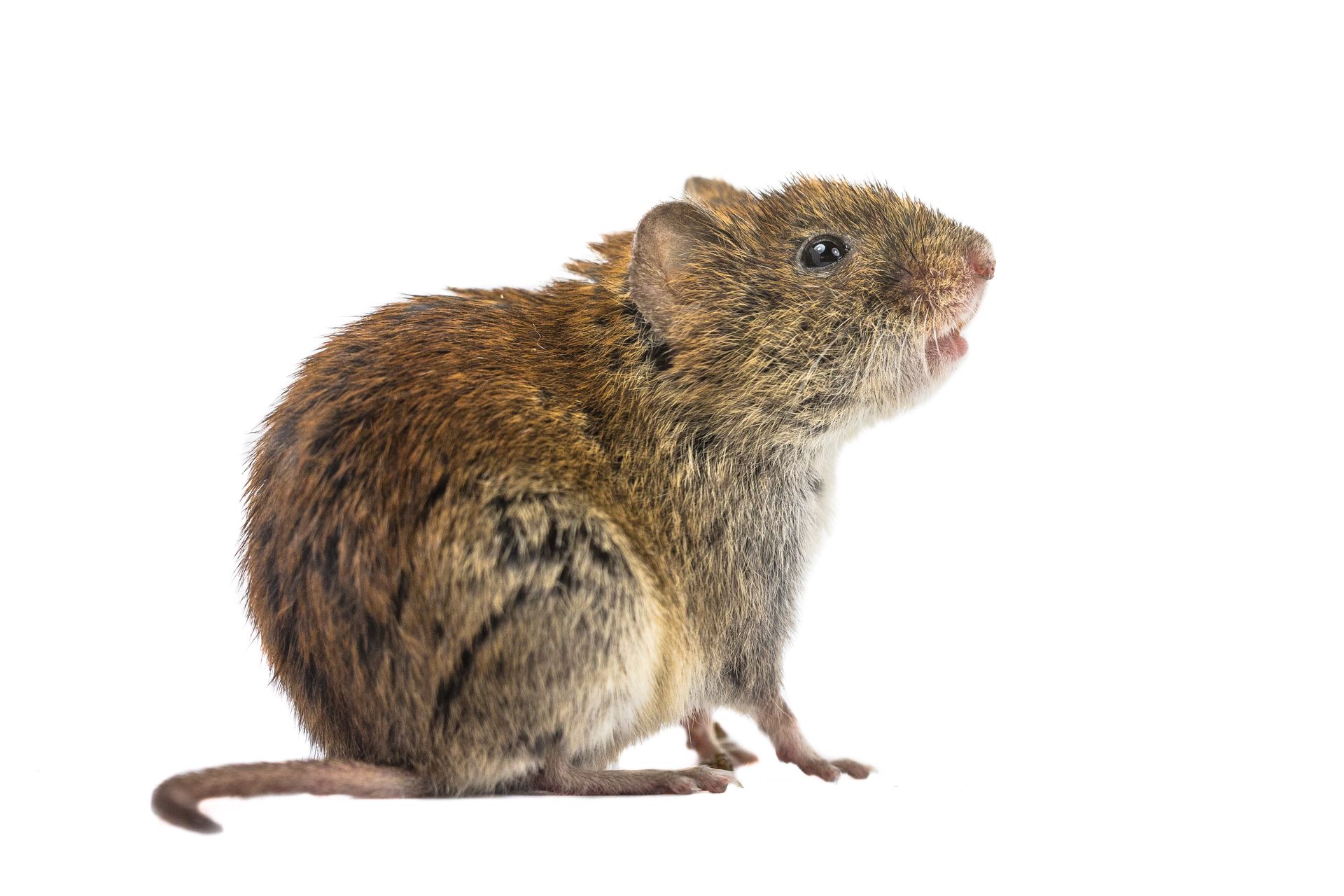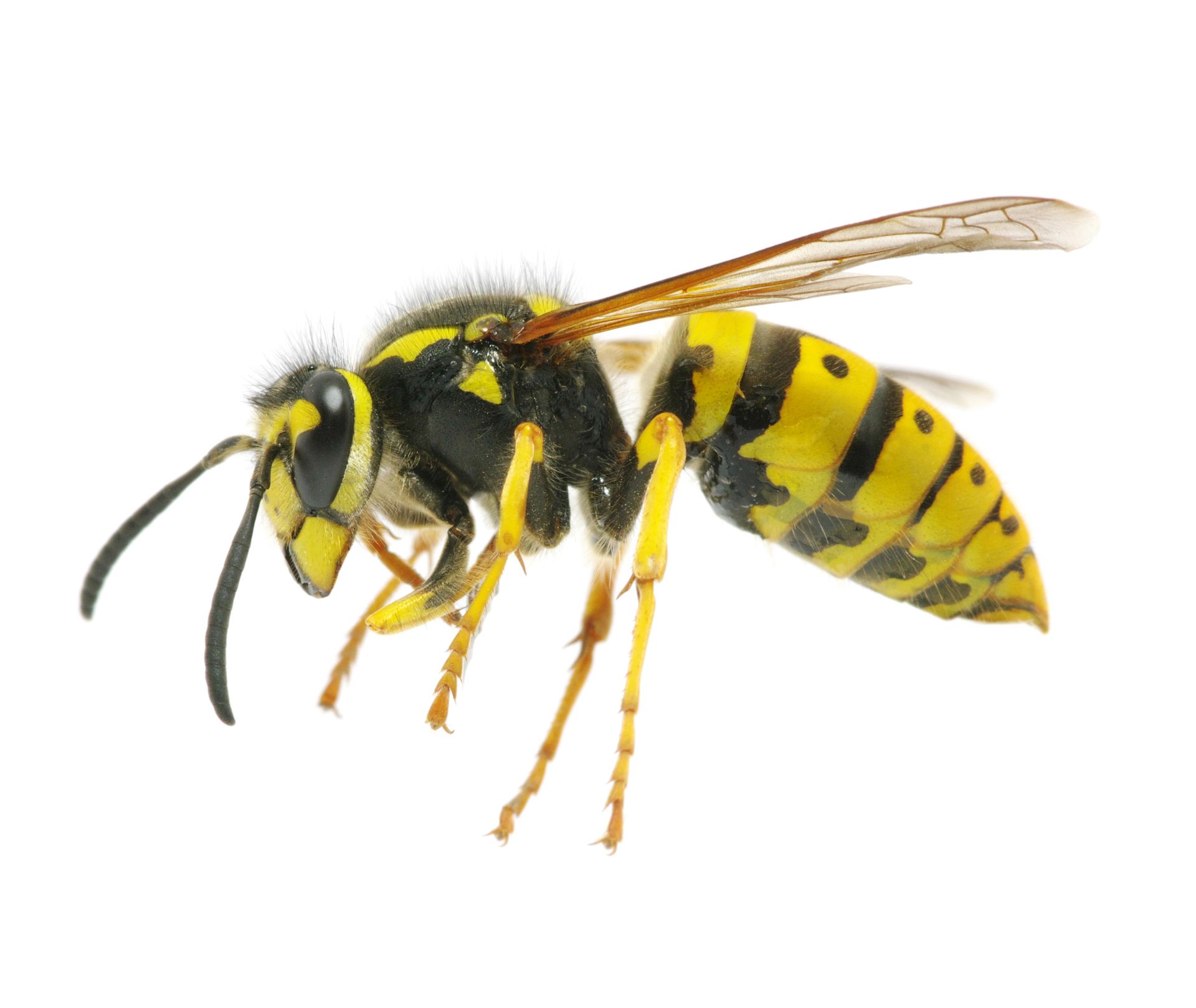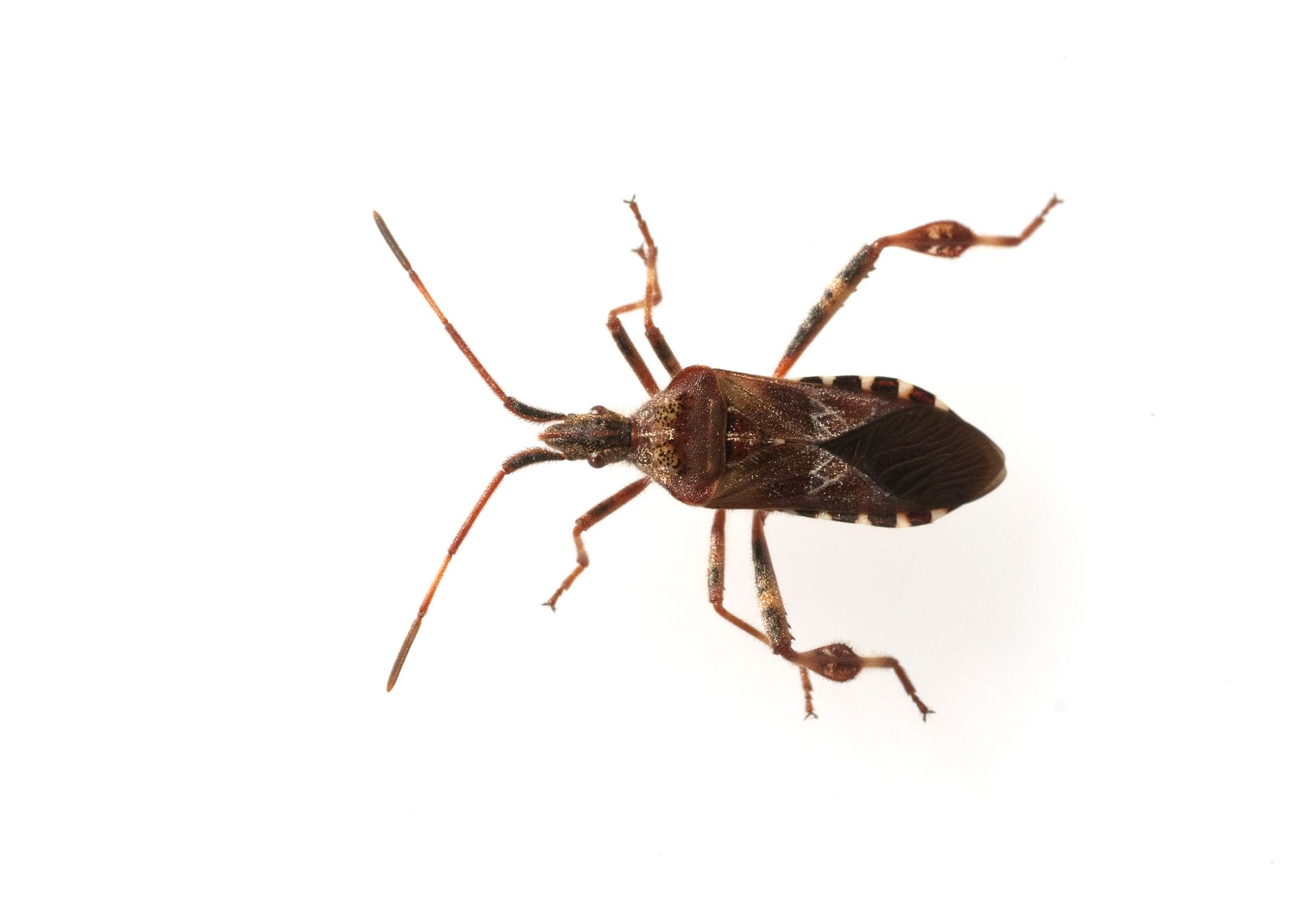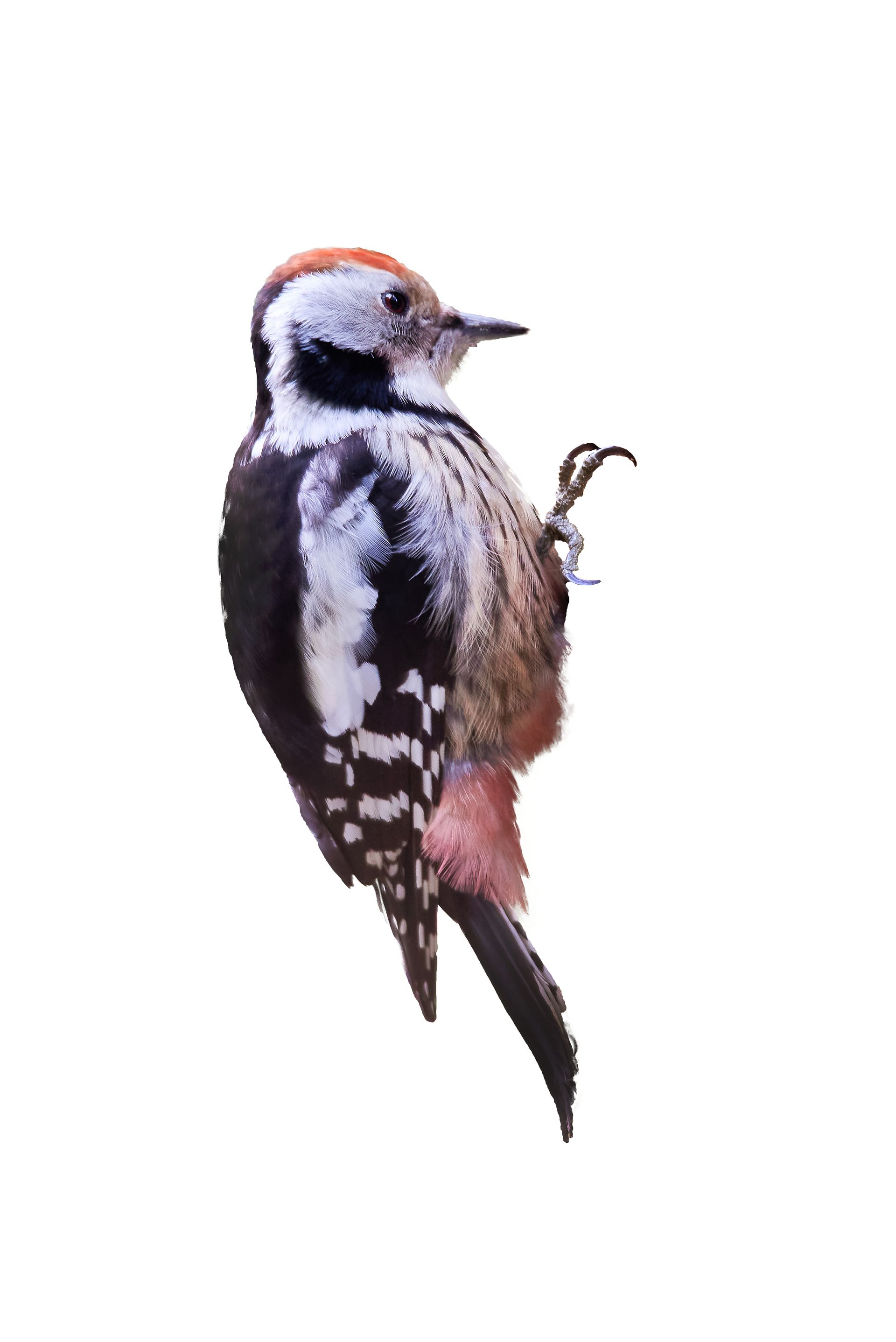Understanding Spiders in Wisconsin
Spiders are common inhabitants of Wisconsin, with numerous species residing throughout the state. While most spiders are harmless and beneficial for controlling insect populations, their presence in homes and buildings can be unsettling for many people. Understanding where spiders are typically found, what attracts them to indoor environments, and why they are unsuitable for homes and buildings is essential for effective management and prevention.
Common Spider Species in Wisconsin
Wisconsin is home to a variety of spider species, including:
Common House Spider (Parasteatoda tepidariorum): Often found indoors, these spiders are small and typically brown or gray.
Wolf Spider (Lycosidae family): Large, fast-moving spiders that prefer outdoor environments but may enter homes in search of prey.
Cellar Spider (Pholcidae family): Known for their long, thin legs and webs in dark, damp areas like basements and cellars.
Jumping Spider (Salticidae family): Small, active spiders with excellent vision, often seen hunting during the day.
Orb-Weaver Spider (Araneidae family): Known for their large, circular webs often found in gardens and around windows.
Brown Recluse (Loxosceles reclusa): Less common but notable for its venomous bite, usually found in secluded, undisturbed areas.
Habitats and Locations
Spiders in Wisconsin are typically found in:
Outdoors:
Gardens and Fields: Many spider species build webs in gardens, fields, and other vegetated areas to catch insects.
Woodlands: Spiders can be found in wooded areas where they hunt for prey among the trees and leaf litter.
Structures: Around the exterior of buildings, including porches, windows, and eaves, where they can catch flying insects.
Indoors:
Basements and Crawl Spaces: Dark, damp areas like basements and crawl spaces are ideal habitats for spiders such as cellar spiders.
Attics and Garages: These areas provide shelter and are often less disturbed, making them attractive to spiders.
Corners and Crevices: Spiders commonly build webs in corners, behind furniture, and in other undisturbed areas.
Windows and Doorways: Areas near windows and doors can attract spiders due to the presence of light and insects.
Attractions in Homes and Buildings
Spiders are attracted to homes and buildings for several reasons:
Food Sources: The primary attraction for spiders is the presence of prey, such as insects and other small arthropods.
Shelter: Homes provide safe, undisturbed environments where spiders can build webs and lay eggs.
Moisture: Damp areas, such as basements, bathrooms, and crawl spaces, attract spiders that prefer humid conditions.
Why Spiders Are Not Suitable for Homes and Buildings
While spiders play an important role in controlling pests, their presence indoors is generally undesirable for several reasons:
Fear and Anxiety:
Arachnophobia: Many people have a natural fear of spiders, and their presence indoors can cause significant anxiety and distress.
Unpleasant Sightings: Seeing spiders and their webs in living spaces can be unsettling and create a perception of uncleanliness.
Health Risks:
Venomous Bites: While most spiders are harmless, species like the brown recluse can deliver venomous bites that require medical attention.
Allergic Reactions: Spider bites can cause allergic reactions in some individuals, leading to itching, swelling, and other symptoms.
Property Damage:
Webs and Debris: Spider webs can accumulate dust and debris, creating an unsightly appearance in homes and buildings.
Infestations: Large spider populations can lead to infestations, particularly if they find abundant food sources and suitable habitats indoors.
Prevention and Control
To prevent and control spider infestations in homes and buildings, consider the following strategies:
Seal Entry Points:
Caulk Cracks and Gaps: Inspect and seal any cracks and gaps around windows, doors, and foundations to prevent spiders from entering.
Install Screens: Use screens on windows and doors to keep spiders out while allowing for ventilation.
Reduce Food Sources:
Insect Control: Implement measures to control insect populations, such as using traps, pesticides, and maintaining a clean environment.
Proper Food Storage: Store food in airtight containers and clean up spills and crumbs promptly to reduce food sources for insects and spiders.
Eliminate Shelter Opportunities:
Remove Clutter: Reduce clutter in storage areas, basements, and attics to minimize hiding places for spiders.
Maintain Cleanliness: Regularly vacuum and dust to remove webs, eggs, and potential prey.
Use Repellents:
Natural Repellents: Use natural spider repellents, such as essential oils (e.g., peppermint, tea tree, and lavender), around the perimeter of your home.
Chemical Repellents: Consider using commercial spider repellents, following all safety guidelines and instructions.
Professional Pest Control:
Inspection and Treatment: For severe infestations, contact a professional pest control service like BugBoss The X-Terminator for comprehensive spider management. Professionals can identify entry points and apply targeted treatments.
Ongoing Prevention: Regular follow-up treatments and inspections help ensure that spiders do not return.
Understanding the habits and risks associated with spiders in Wisconsin is crucial for keeping your home or building free from these pests. If you suspect a spider problem, taking swift action can prevent further issues and ensure a comfortable living environment. Trust BugBoss The X-Terminator to provide expert advice and effective spider control solutions tailored to your needs.
Local Pests & Wildlife in Wisconsin



